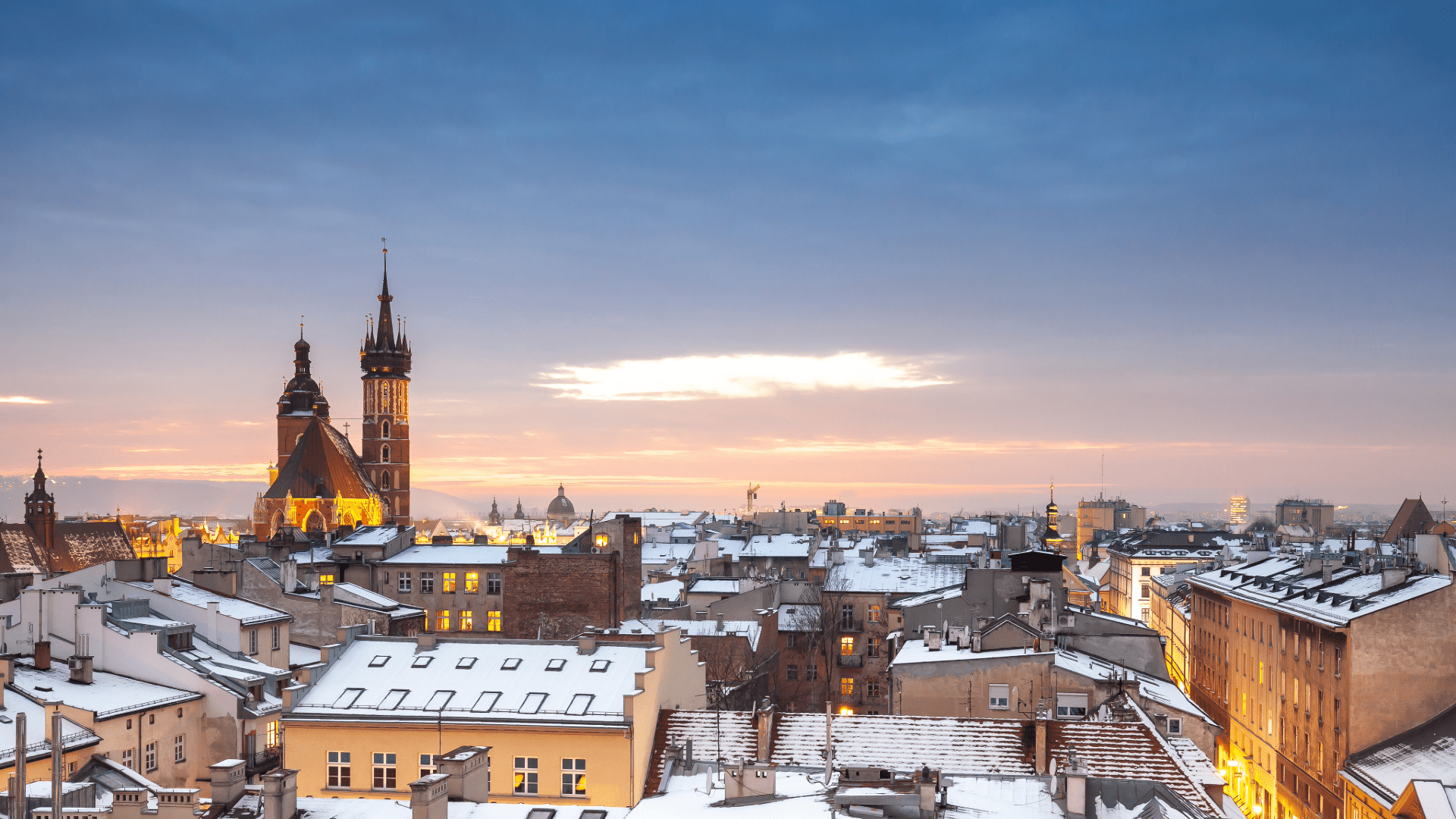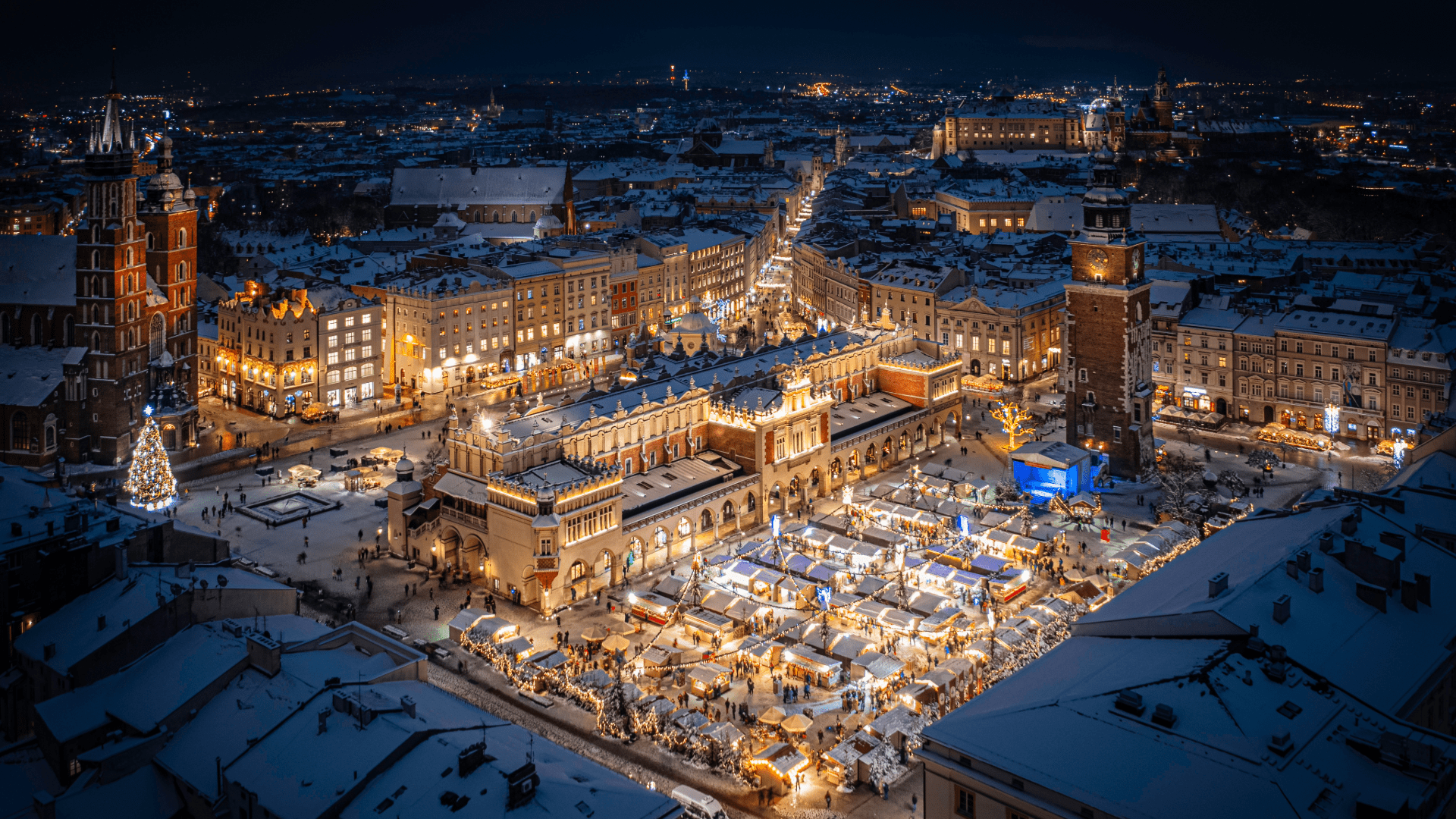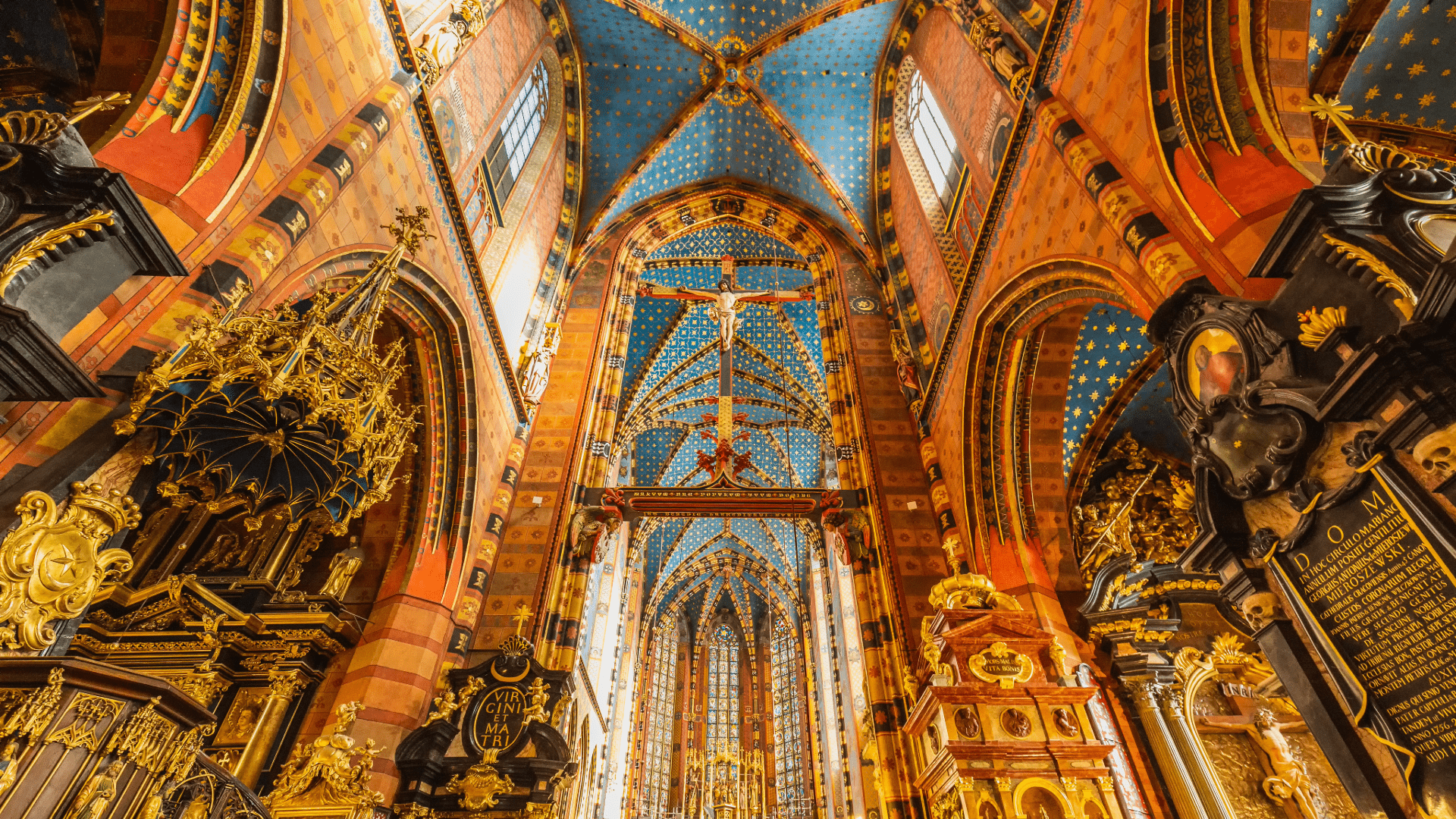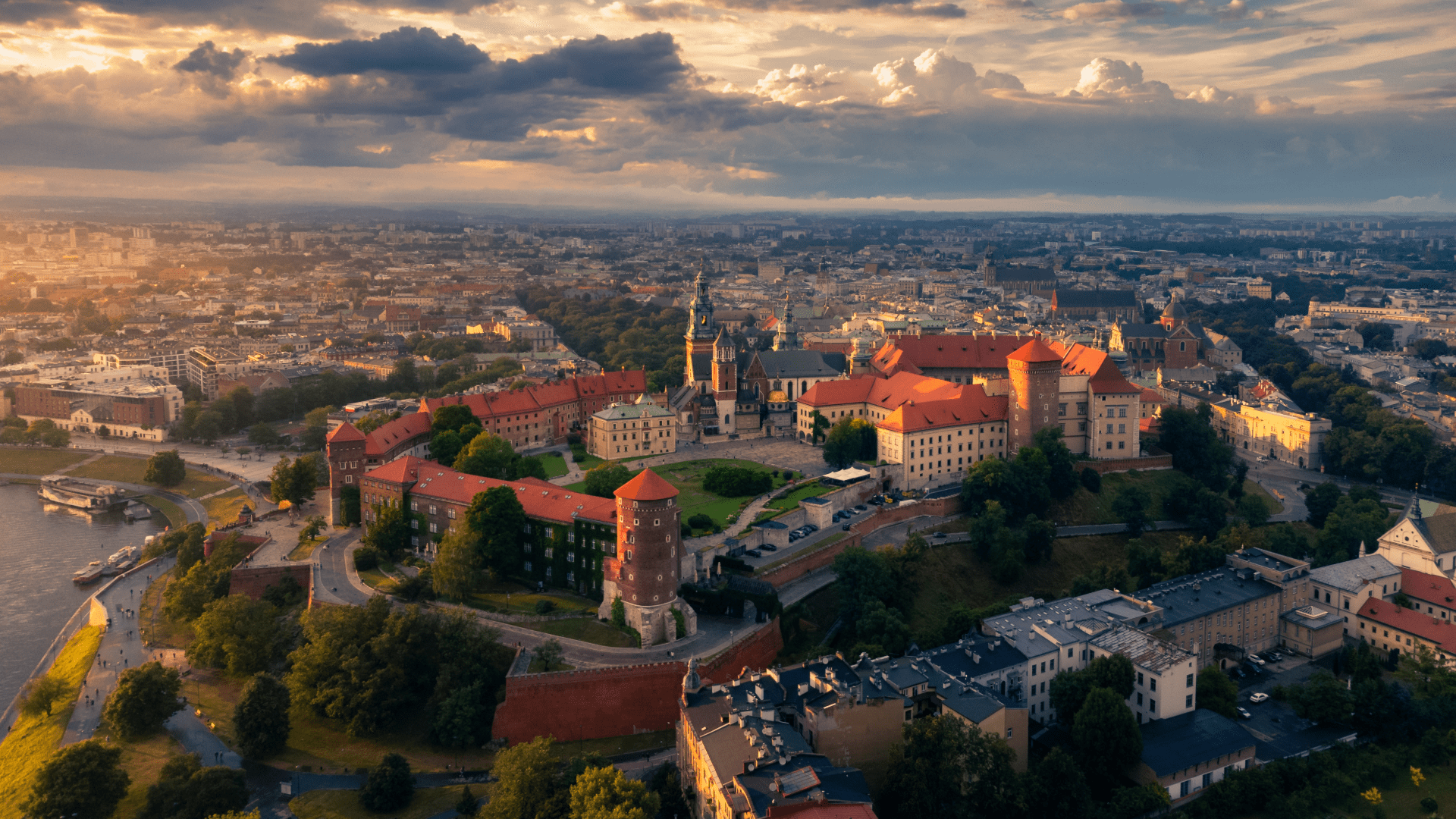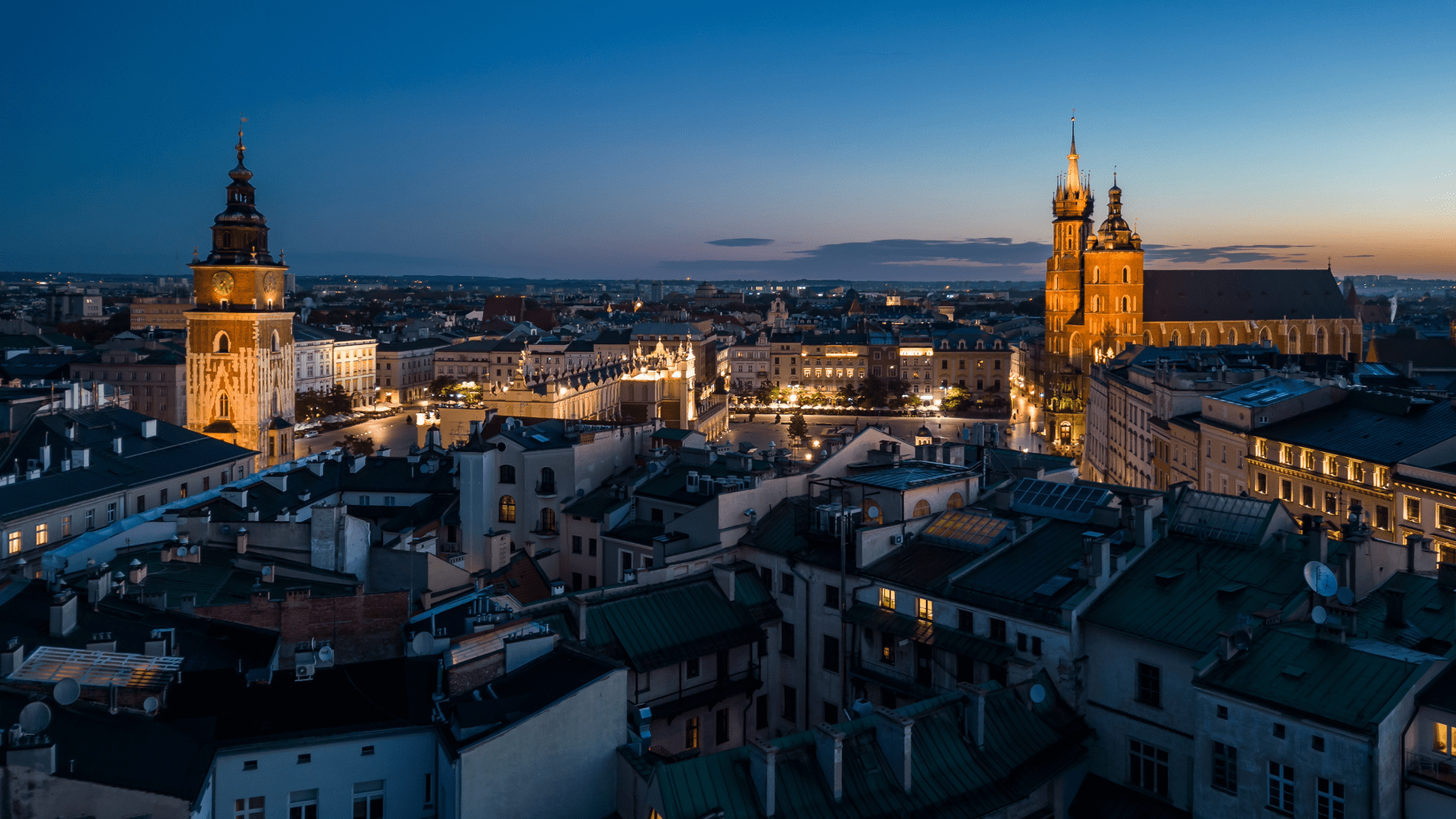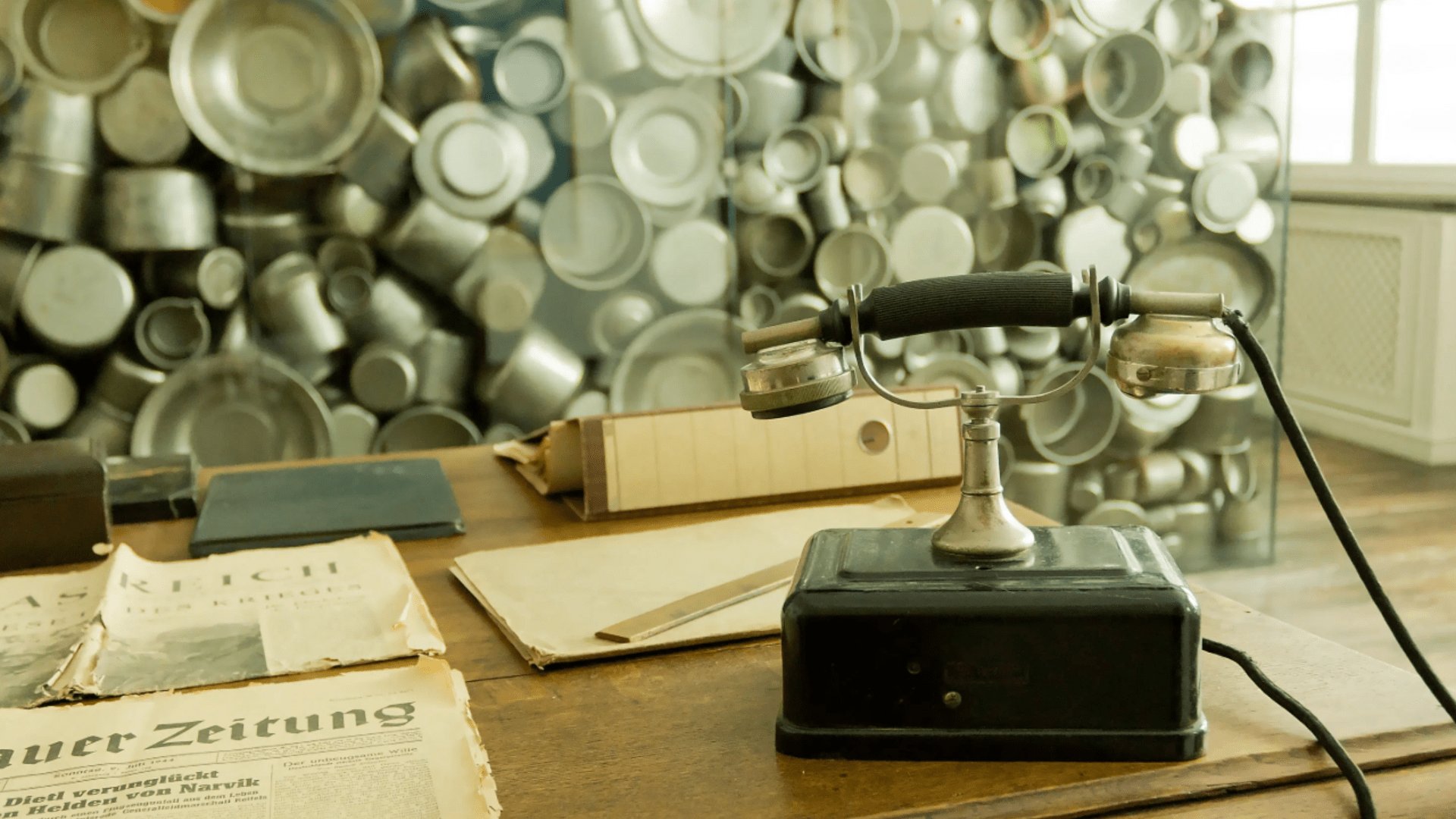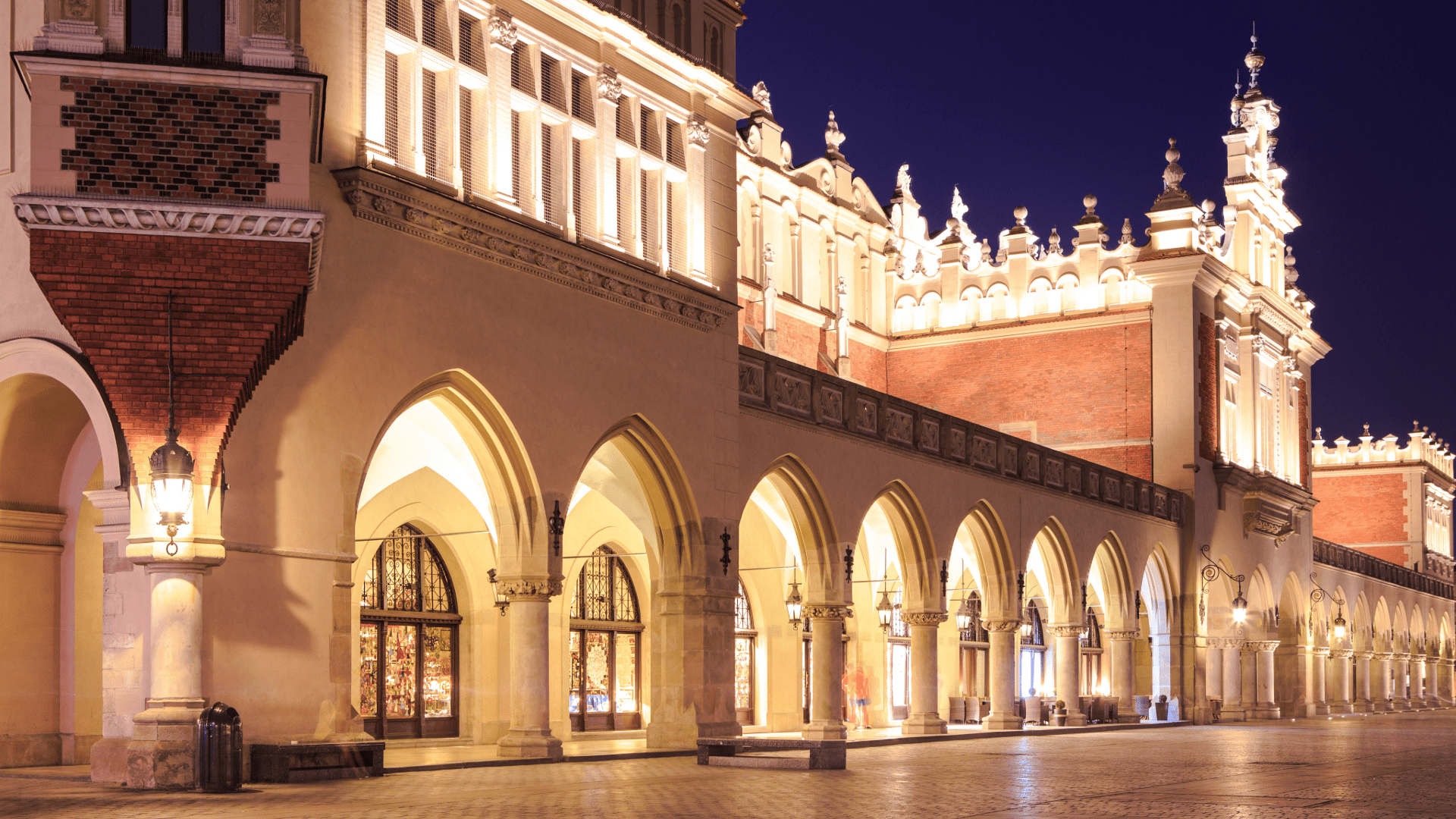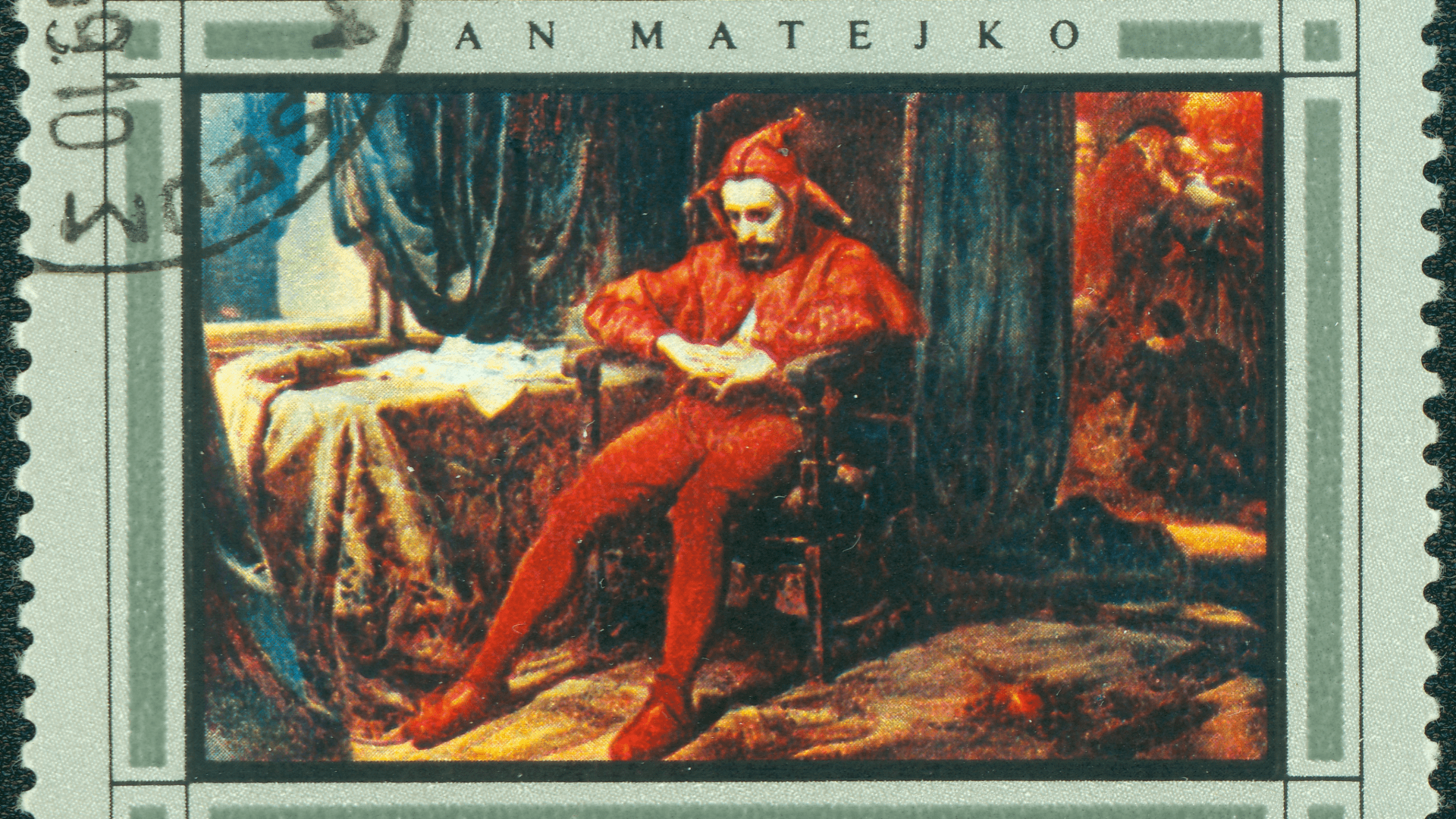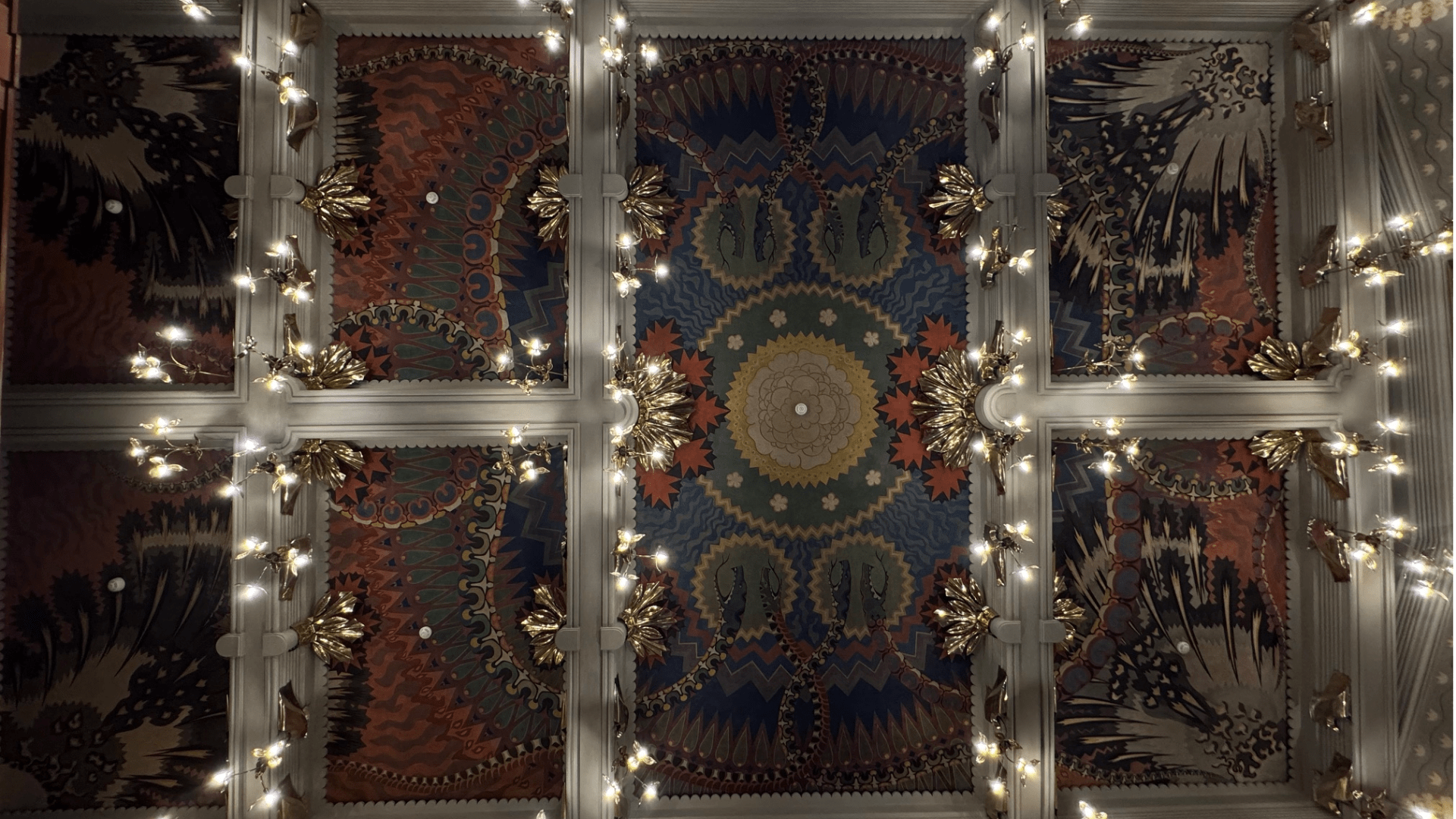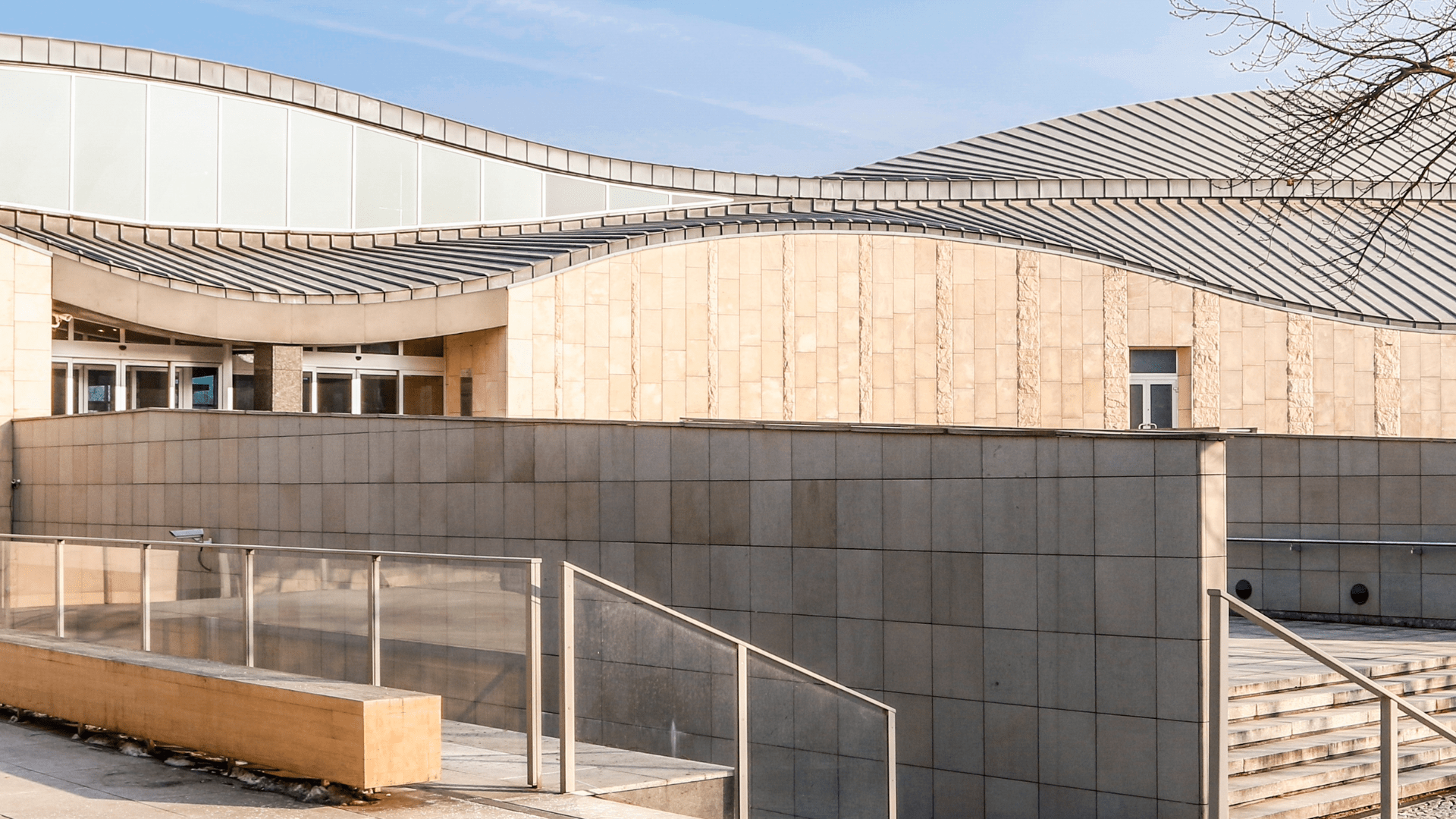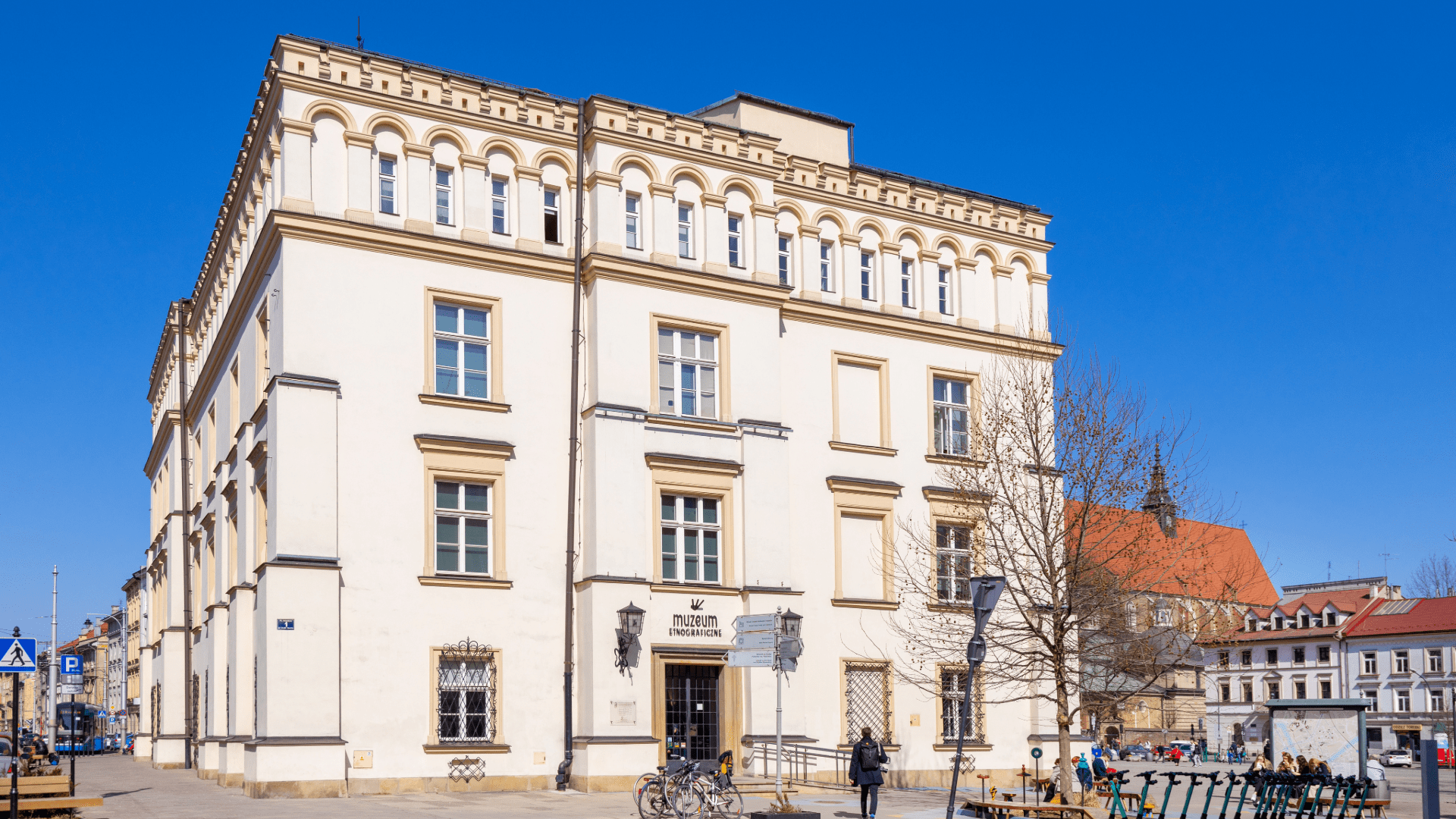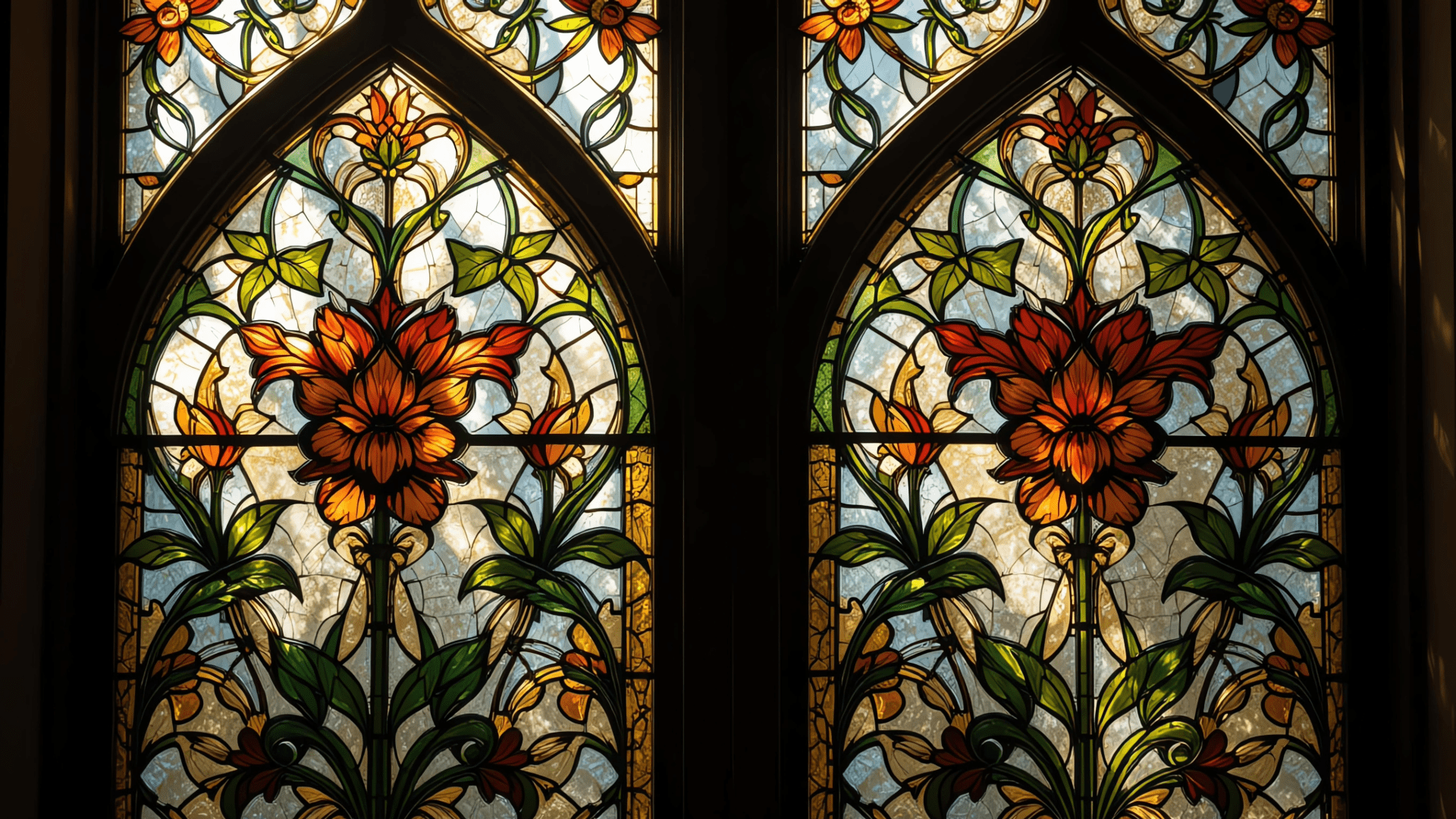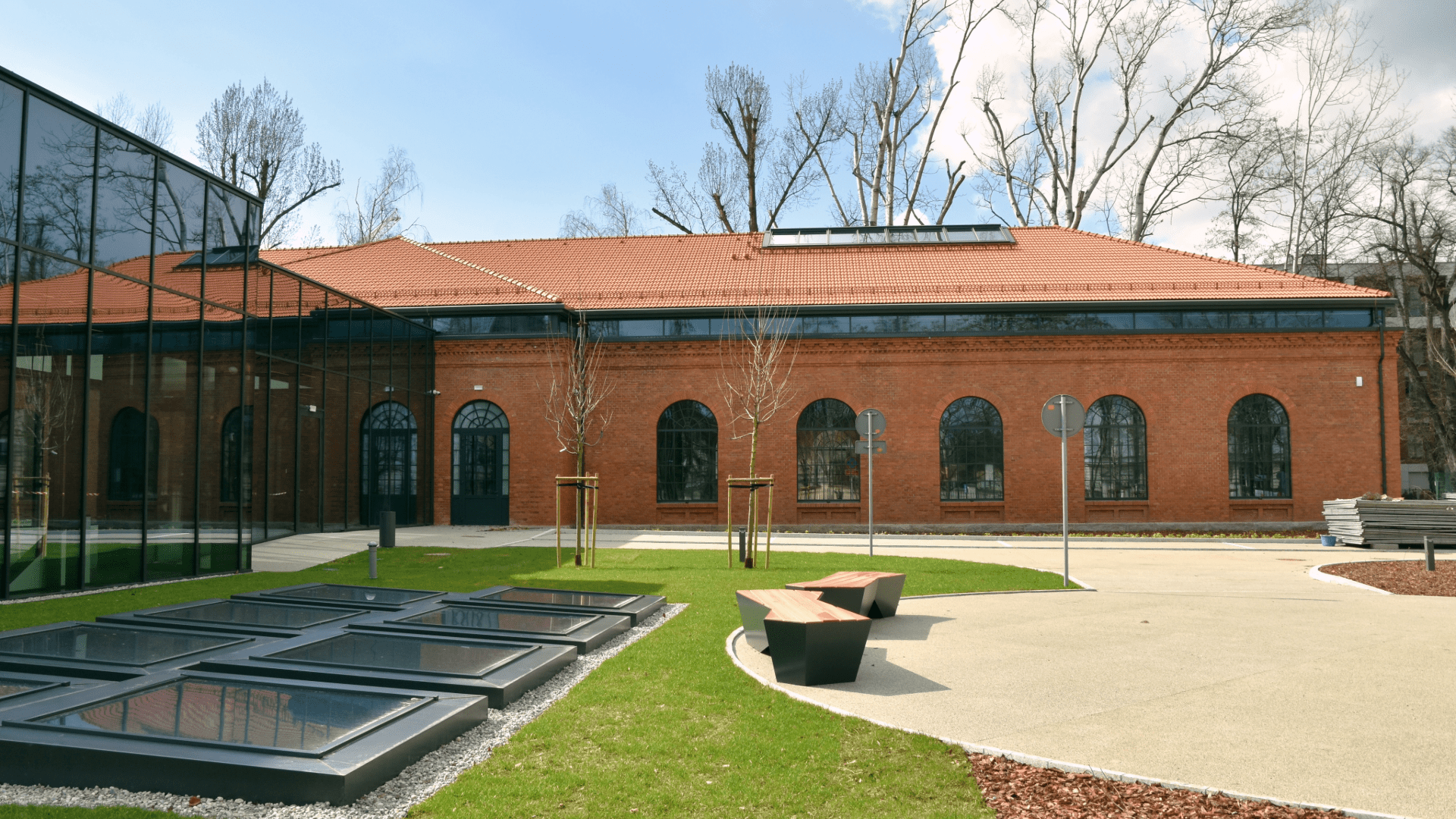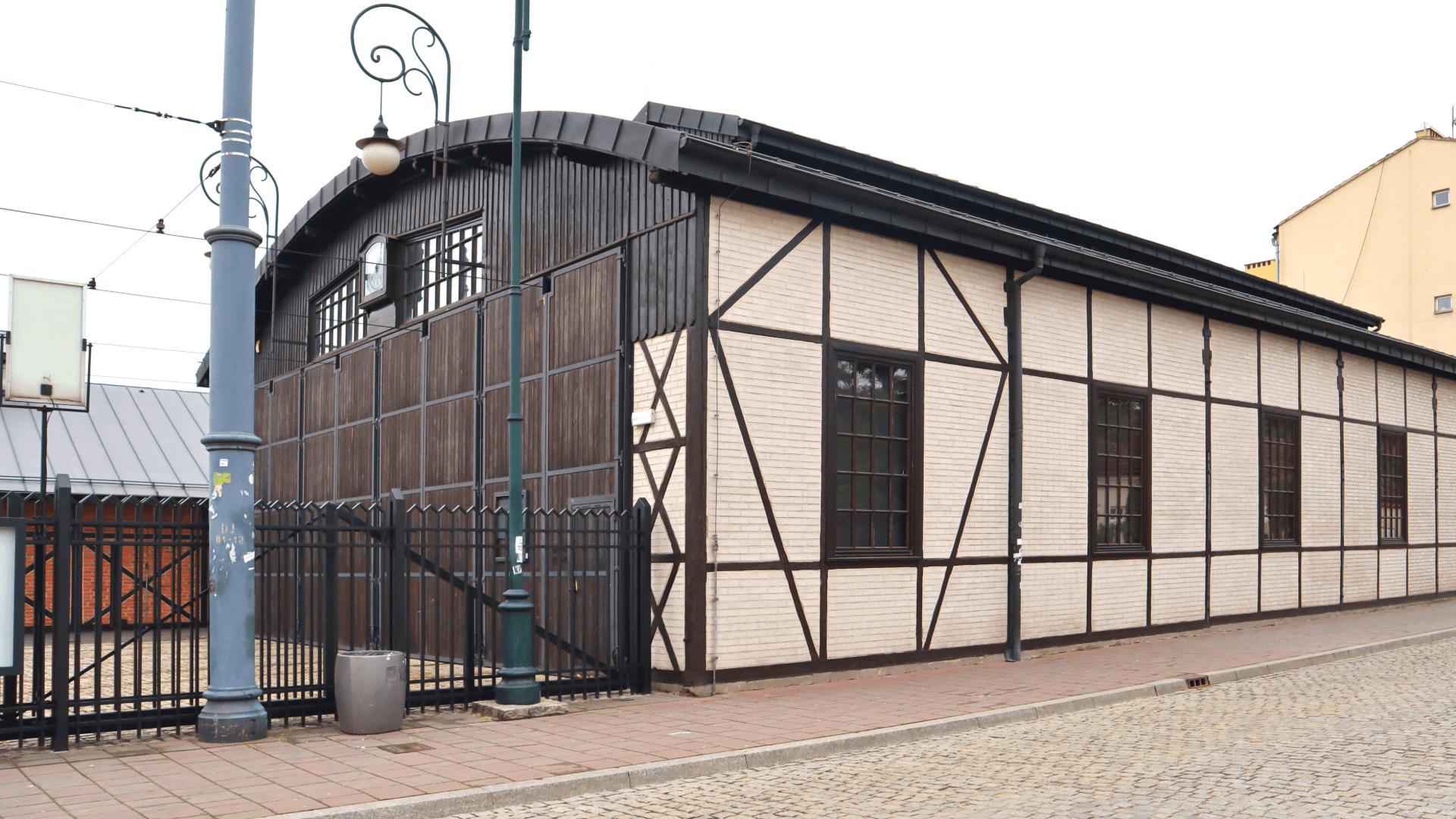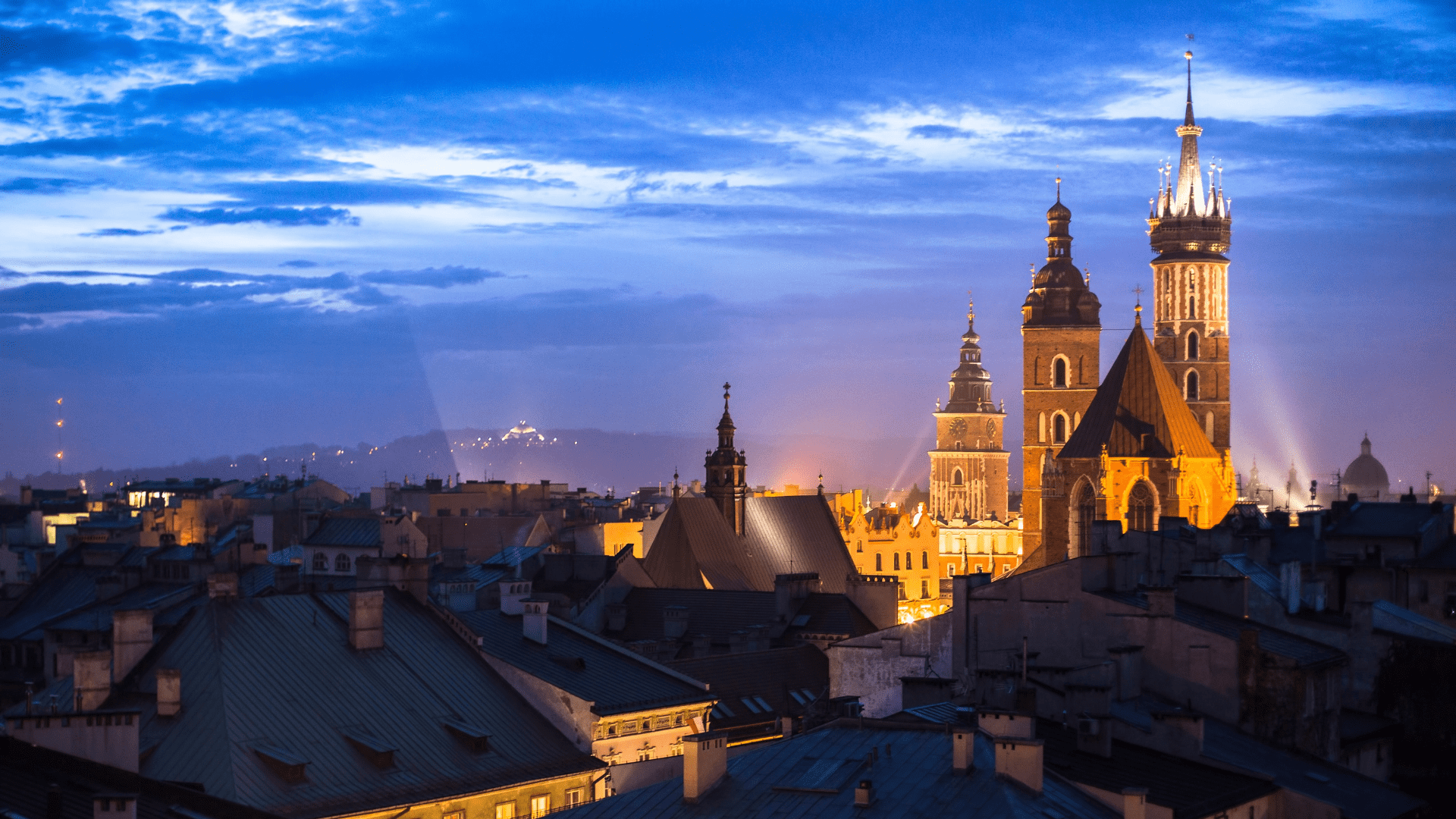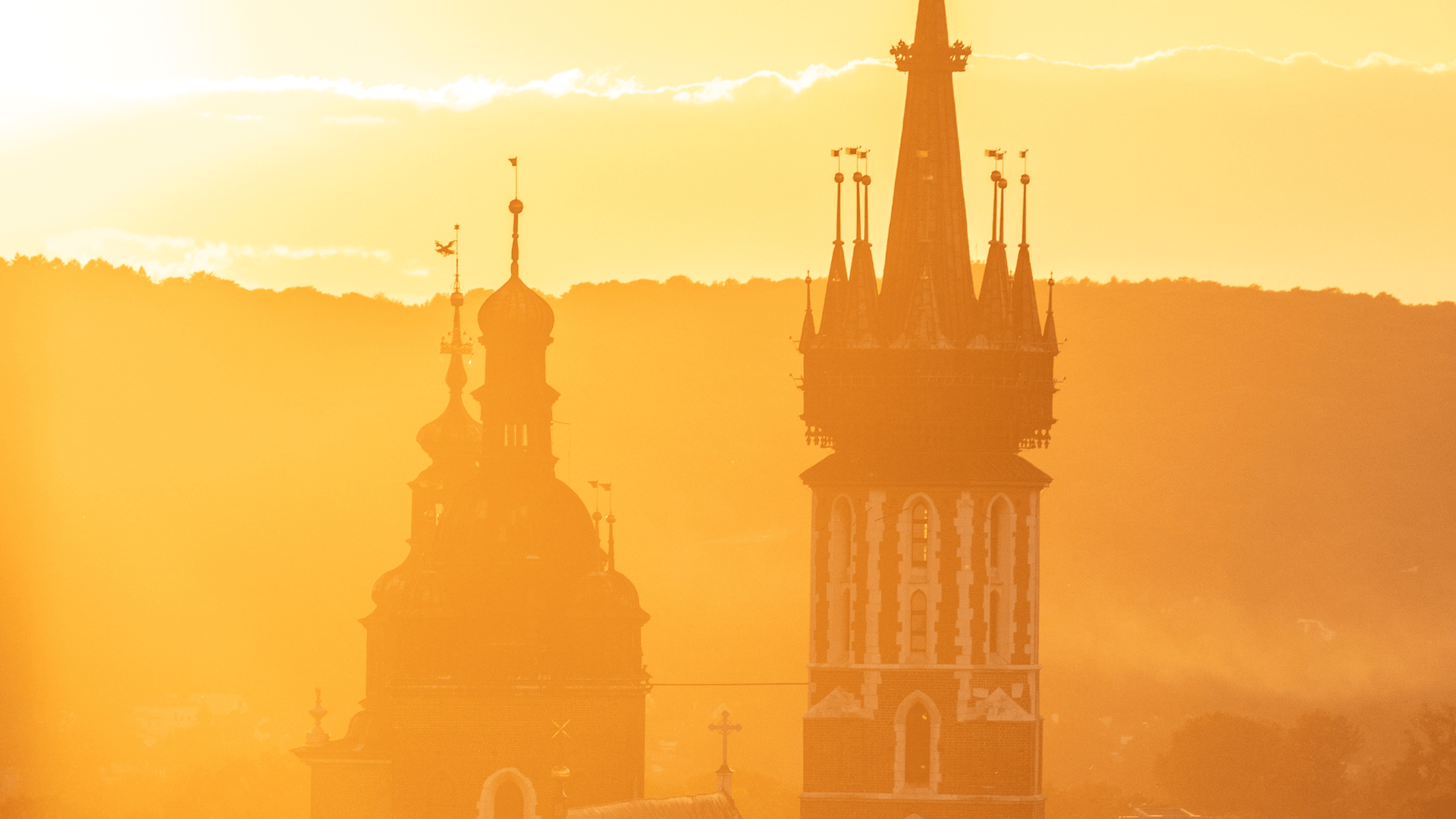Exploring Krakow’s Most Captivating Museums
Imagine a city where every cobblestone whispers tales of centuries past, where art breathes in grand halls, and history unfolds beneath your feet. That city is Krakow, often hailed as the "city of museums," boasting an astonishing 82 institutions. This isn't just a collection of buildings, it's a vibrant tapestry reflecting and shaping the city's identity through the ages. Krakow's museums cater to every curiosity from ancient archaeological finds to cutting-edge contemporary art, from solemn memorials to whimsical, interactive experiences.
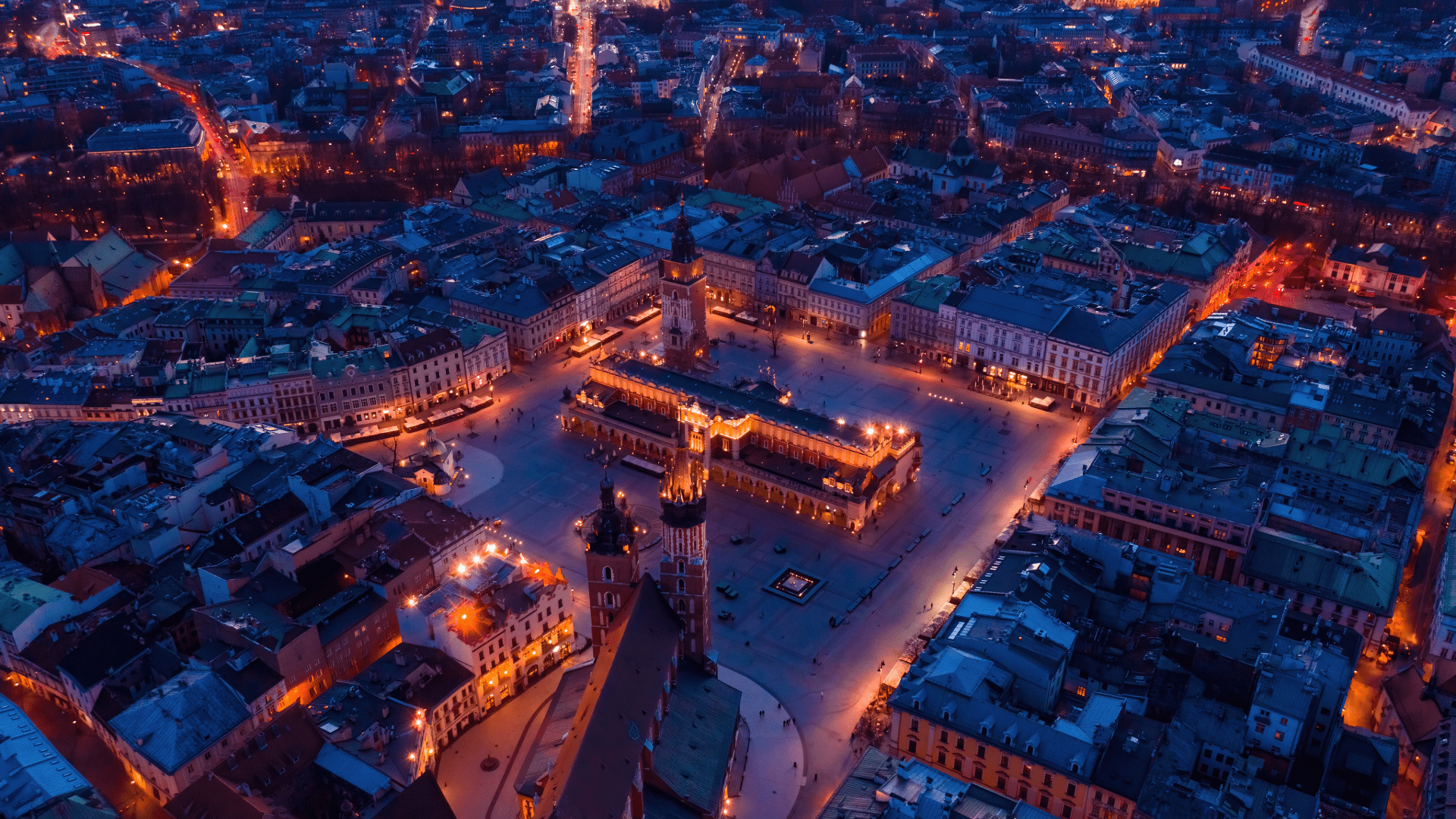
Iconic Gateways: Stepping into Krakow's Grand History
Wawel Royal Castle & Cathedral
Perched majestically above the Vistula, Wawel is Poland's most historically and culturally significant site, symbolizing the nation's former capital. The castle offers a multitude of permanent exhibitions, including stunning Italian Renaissance paintings, the famous Sigismund II Augustus tapestries, and one of Europe's largest collections of Ottoman tents. Beyond the royal chambers, the Wawel Cathedral holds centuries of Polish history, including royal coronations and burials. Visitors should not miss the legendary Dragon's Den, which adds a mythical touch to this ancient stronghold.
Did you know?
The Wawel Cathedral houses the Sigismund Bell, one of the largest bells in Europe. It takes 12 bellringers to swing it into motion, and its deep tone is said to bring good fortune to those who hear it!
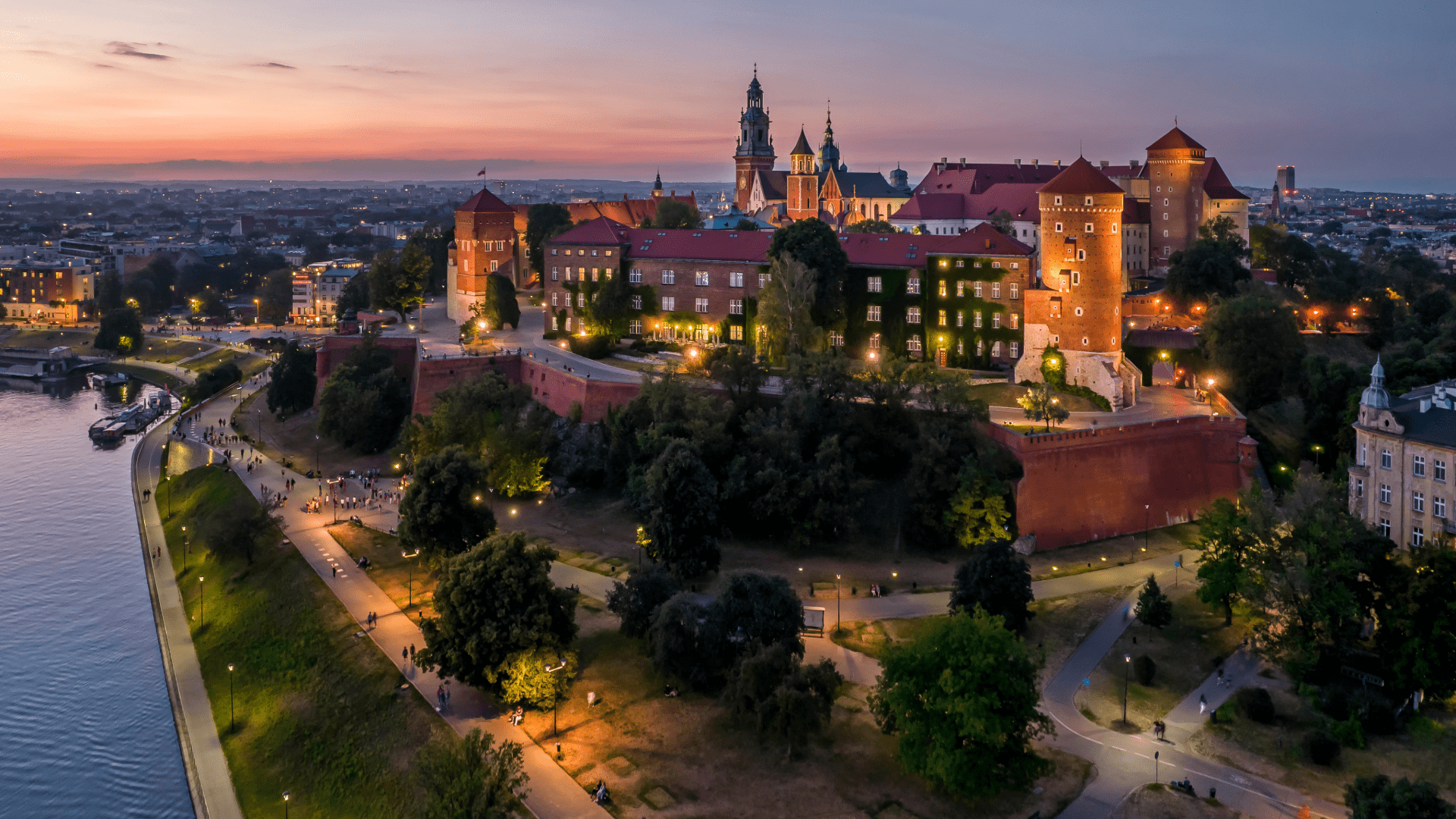
Rynek Underground Museum
Hidden four meters beneath the bustling Main Market Square, this unique museum offers a futuristic journey back to 12th/13th-century Krakow. Through touchscreens, holograms, and interactive multimedia, visitors can explore excavated medieval market stalls, foundations of ancient homes, craft workshops, and even "vampire prevention burials". It is an immersive experience that allows visitors to literally "step into the past" and grasp daily life in medieval Krakow, serving as an excellent introduction to the city's history.
Did you know?
The museum's glass floor panels align precisely with the original medieval street level, meaning you're walking where Krakowians walked over 700 years ago, just beneath the modern-day square!
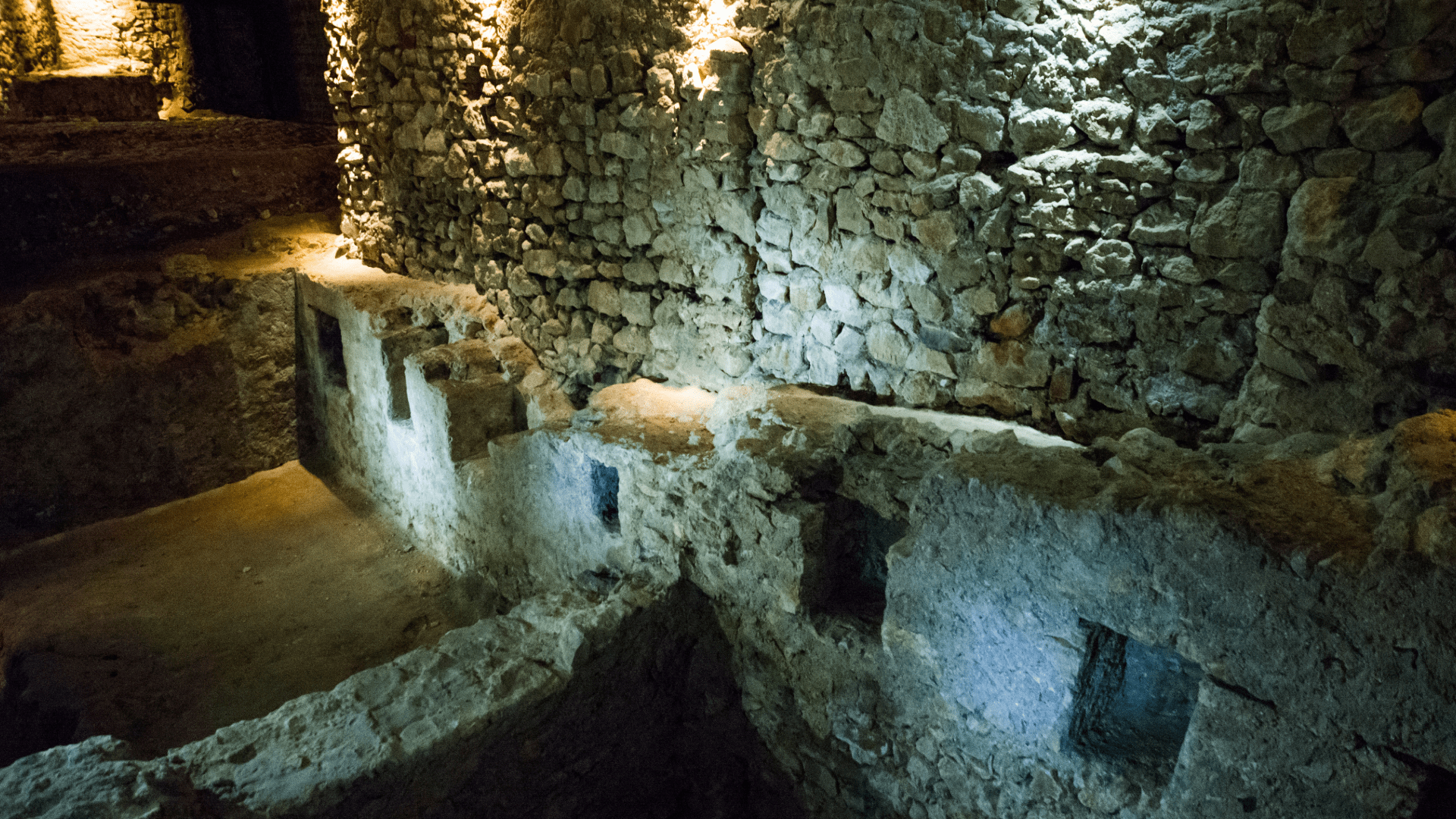
Oskar Schindler's Factory
This is one of Poland's most important museums, offering a detailed, day-by-day account of Krakow during the German occupation from 1939 to 1945. While housed in Schindler's former enamel factory, the focus extends beyond Schindler himself to tell the broader story of the city and its inhabitants during these tragic times. It is described as a powerful "testimony of the city in its most tragic times," providing an immersive and moving experience.
Did you know?
The museum features original documents, personal items, and survivor testimonies, and even includes a reconstructed wartime street, allowing visitors to physically walk through a chilling replica of occupied Krakow.
The Krzysztofory Palace
Located in the heart of the Main Market Square, the Krzysztofory Palace serves as the main seat of Krakow's Museum. This baroque palace was uniquely formed by joining three Gothic houses, showcasing centuries of architectural evolution. It hosts the permanent exhibition "Krakow from the beginning, to no end", which comprehensively presents the city's history. Beyond its historical exhibits, the palace is the annual venue for the Krakow Nativity Scene Competition, with the post-competition exhibition available until the end of February, adding a festive and traditional dimension to its offerings. Its central location also offers a panoramic view of the bustling Main Market Square.
Did you know?
The Krakow Nativity Scene (Szopka Krakowska) tradition, celebrated at Krzysztofory Palace, is recognized by UNESCO as an Intangible Cultural Heritage of Humanity-making it one of the city's most unique and globally acknowledged customs.
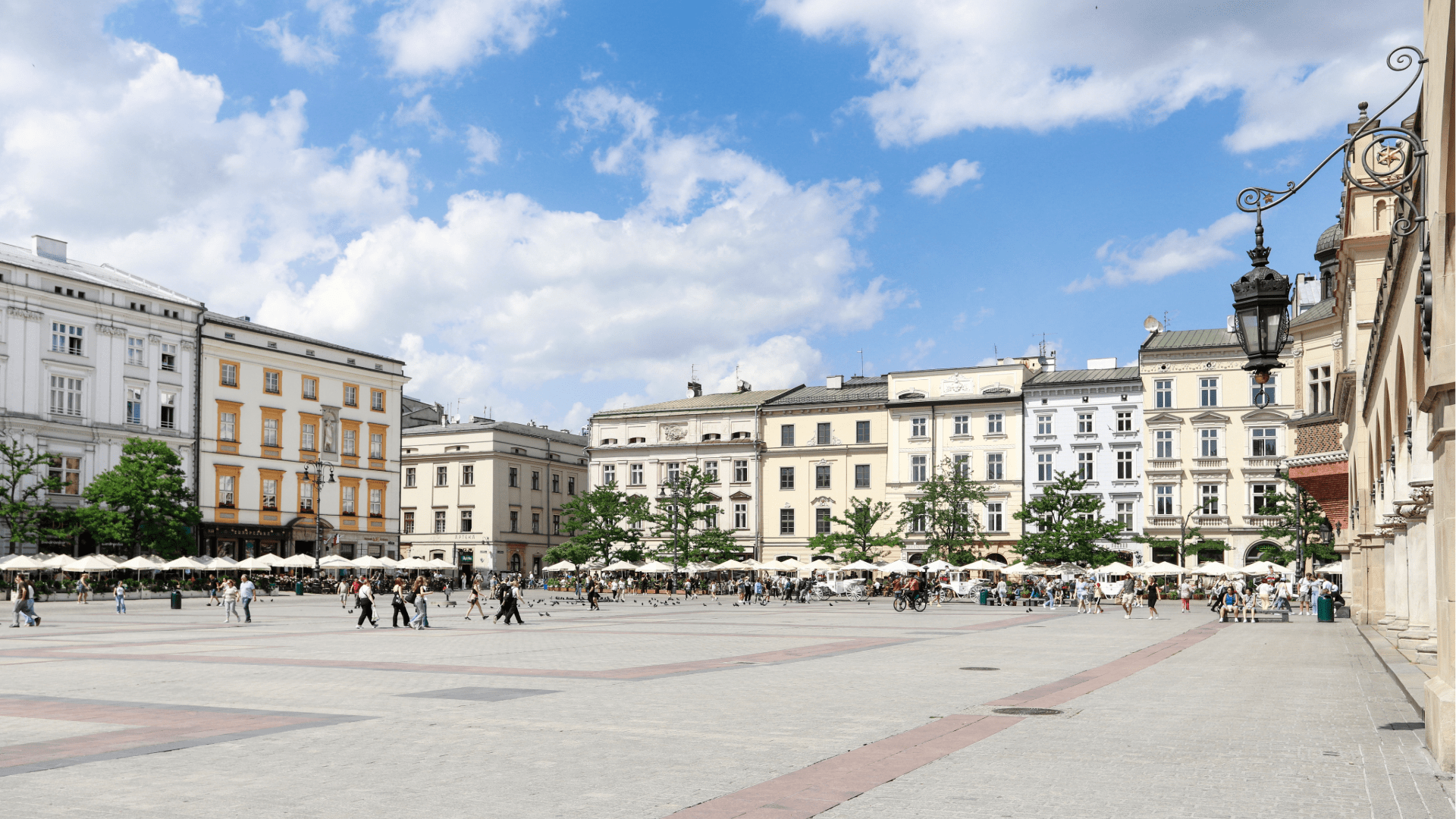
The Archaeological Museum in Krakow
As the oldest archaeological museum in Poland, founded in 1850, the Archaeological Museum in Krakow is a treasure trove of more than 500,000 archaeological artifacts. It showcases findings from the Lesser Poland region, dating from the Paleolithic era to modern times, documenting an astonishing 70,000 years of human history in these lands. Notable collections include rare Peruvian artifacts and ancient Egyptian relics, such as the sarcophagus of the wife of Amun's priest, offering a glimpse into diverse ancient cultures. Its most popular attraction and enduring symbol is the 9th-century statue of Światowid (Zbrucz Idol), a pagan deity with four faces, reflecting Poland's Slavic past and pre-Christian beliefs. The museum is housed in a historic complex that once included a 14th-century manor, a Carmelite monastery, and even a prison, adding layers of history to its very foundations.
Did you know?
The Zbrucz Idol, the museum's star exhibit, is one of the very few surviving Slavic pagan statues in existence, and its discovery in the 19th century sparked widespread scholarly debate about early Slavic religion and mythology.
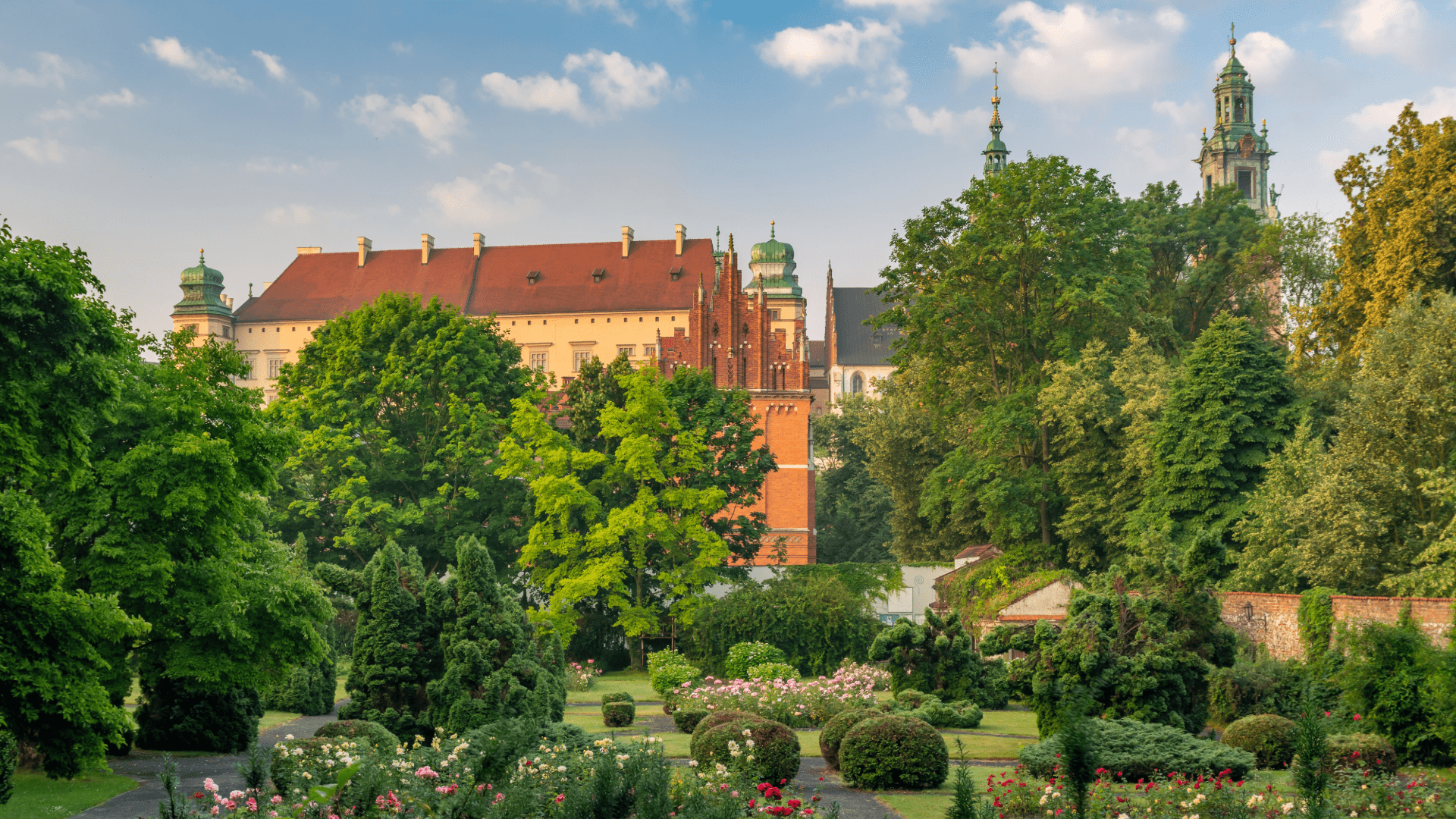
Museum of Polish Army AK
Located at ul. Wita Stwosza 12, this museum is dedicated to the profound history of the Polish Underground State and the Home Army (Armia Krajowa) during World War II. It offers an aesthetically and modernly arranged exhibition, containing many interesting facts that shed light on Poland's extraordinary resistance efforts during the brutal occupation. Beyond its permanent displays, the museum actively engages visitors through temporary exhibitions, lectures, workshops, and poignant meetings with witnesses of history, providing a living connection to the past.
Did you know?
The Home Army (Armia Krajowa) was Europe's largest underground resistance movement during World War II, with an estimated 400,000 members at its peak, many of whom operated in complete secrecy for years under constant threat of execution.
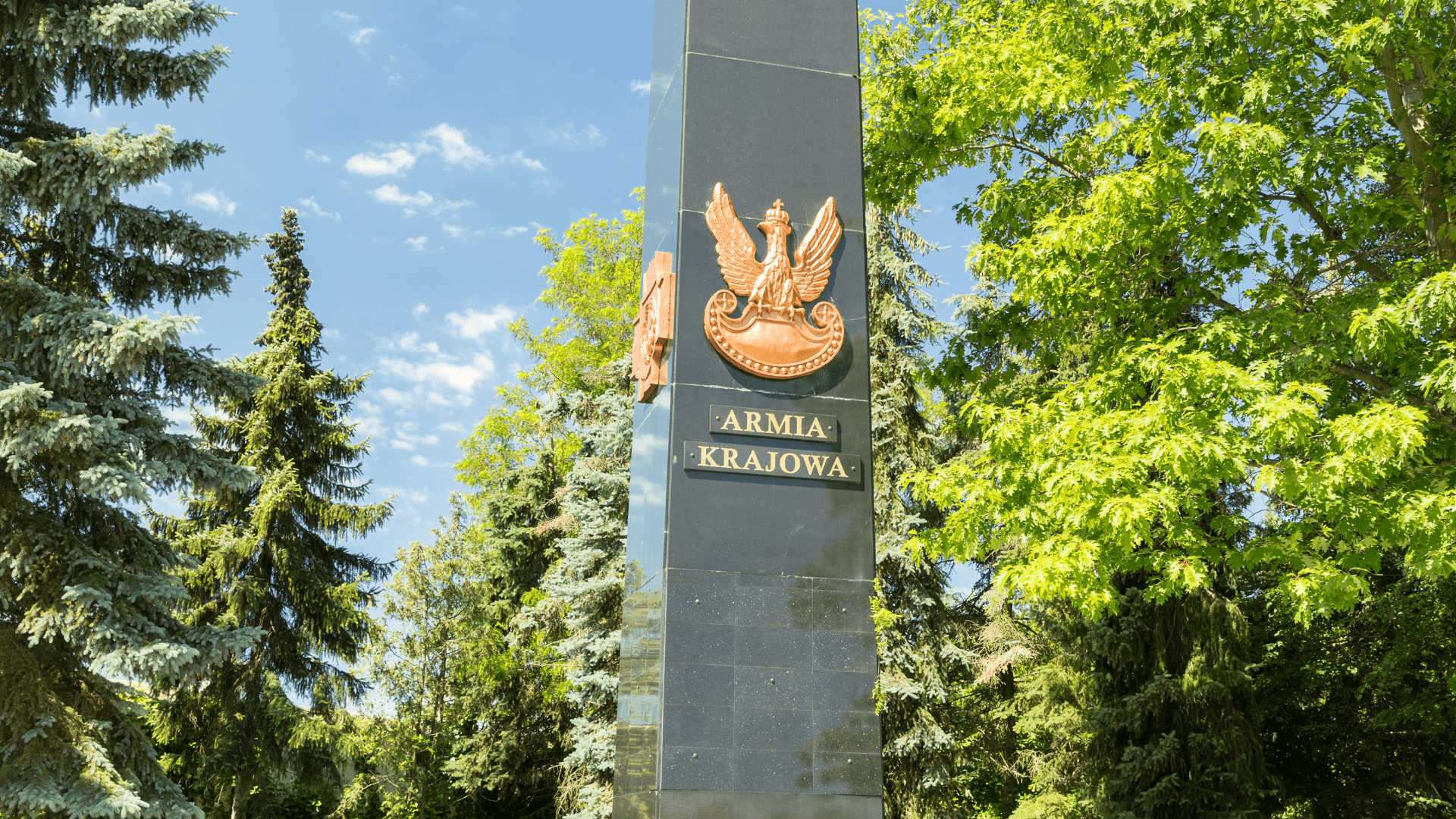
Podgórze Museum
This branch of Krakow Museum, located at Powstańców Wielkopolskich 1, delves into the fascinating history of Podgórze, which was once a separate, competing town before its eventual merger with Krakow. The main exhibition, "City under Krak's Mound", presents the history of Podgórze from ancient times to the contemporary period, revealing its unique identity. Visitors can learn about local legends, such as the mystery of Krak's Mound, and discover why Podgórze was once affectionately called "America of Galicia," reflecting its rapid development and entrepreneurial spirit. The museum is housed in a historic building that previously served as the "Pod św. Benedyktem" inn, adding another layer of historical context to the site itself.
Did you know?
Podgórze officially became part of Krakow in 1915, during World War I, making it one of the last major incorporations into the city. Before that, it had its own mayor, coat of arms, and independent government, despite being located just across the river.
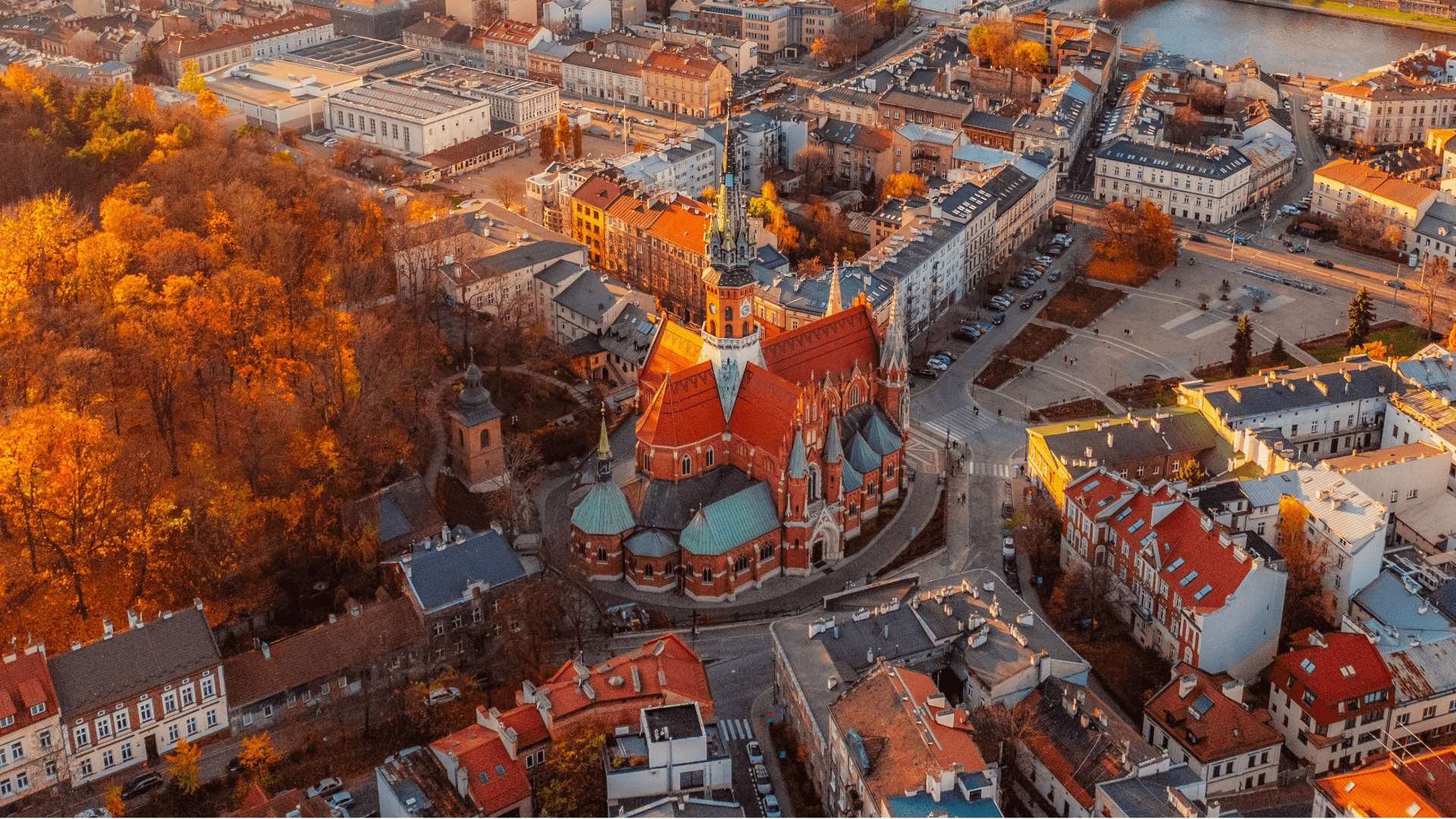
The Old Synagogue
Located at Szeroka 24 in Kazimierz, Krakow's historic Jewish Quarter, the Old Synagogue is the oldest in Poland and now functions as a museum of Judaica. It presents the "few local mementos preserved through the war," serving as a poignant reminder of the community's resilience. This institution is an important source of information about the rich Jewish culture of Kazimierz and Krakow, offering insights into the community's traditions, daily life, and profound history that endured despite immense challenges.
Did you know?
The Old Synagogue was used as a military barracks during the partitions of Poland and was saved from destruction during WWII thanks to its use by the German military, ironically protecting it from the widespread damage suffered by other Jewish sites in Krakow.
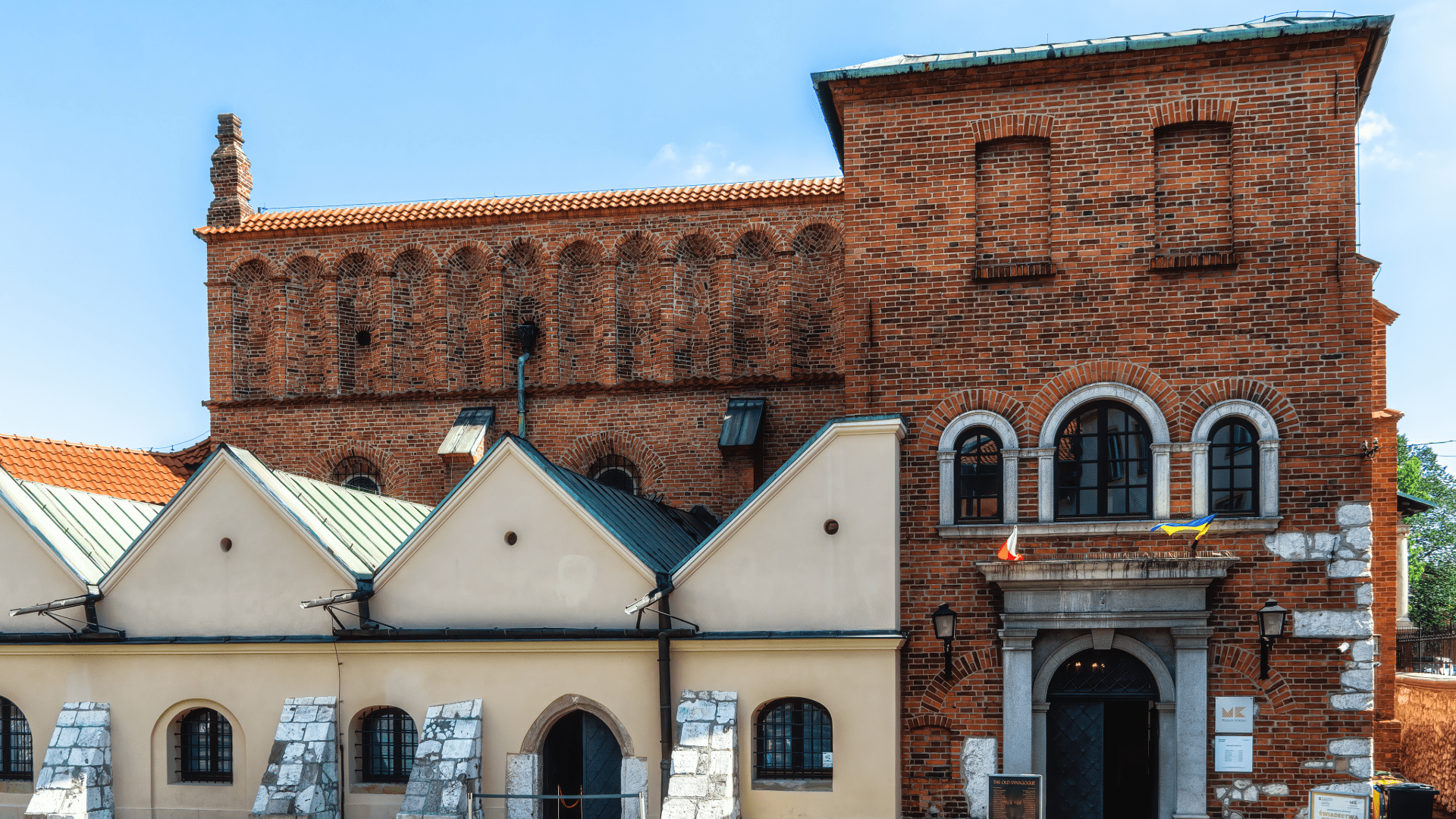
The Eagle Pharmacy Museum
The Eagle Pharmacy Museum, located at Plac Bohaterów Getta 18, is a powerful museum commemorating Tadeusz Pankiewicz, a Polish pharmacist who bravely aided Jews in the Krakow Ghetto during WWII. As the only Pole allowed to remain in the ghetto, he risked his life to provide medicine, shelter, and serve as a vital meeting point for Jewish leaders, becoming a beacon of hope in the darkest of times. The museum presents the "history of the ghetto" and the "challenges of sensitive historical commemoration," highlighting the extraordinary role of ordinary people in times of immense tragedy. The pharmacy's interior is meticulously preserved as it was during the Nazi occupation, featuring an interactive exhibition with information and replicas of artifacts that bring the harrowing history to life.
Did you know?
Tadeusz Pankiewicz's pharmacy was one of the few places within the Krakow Ghetto where both Jews and non-Jews could meet freely, making it a unique sanctuary of resistance and humanity amidst severe oppression.
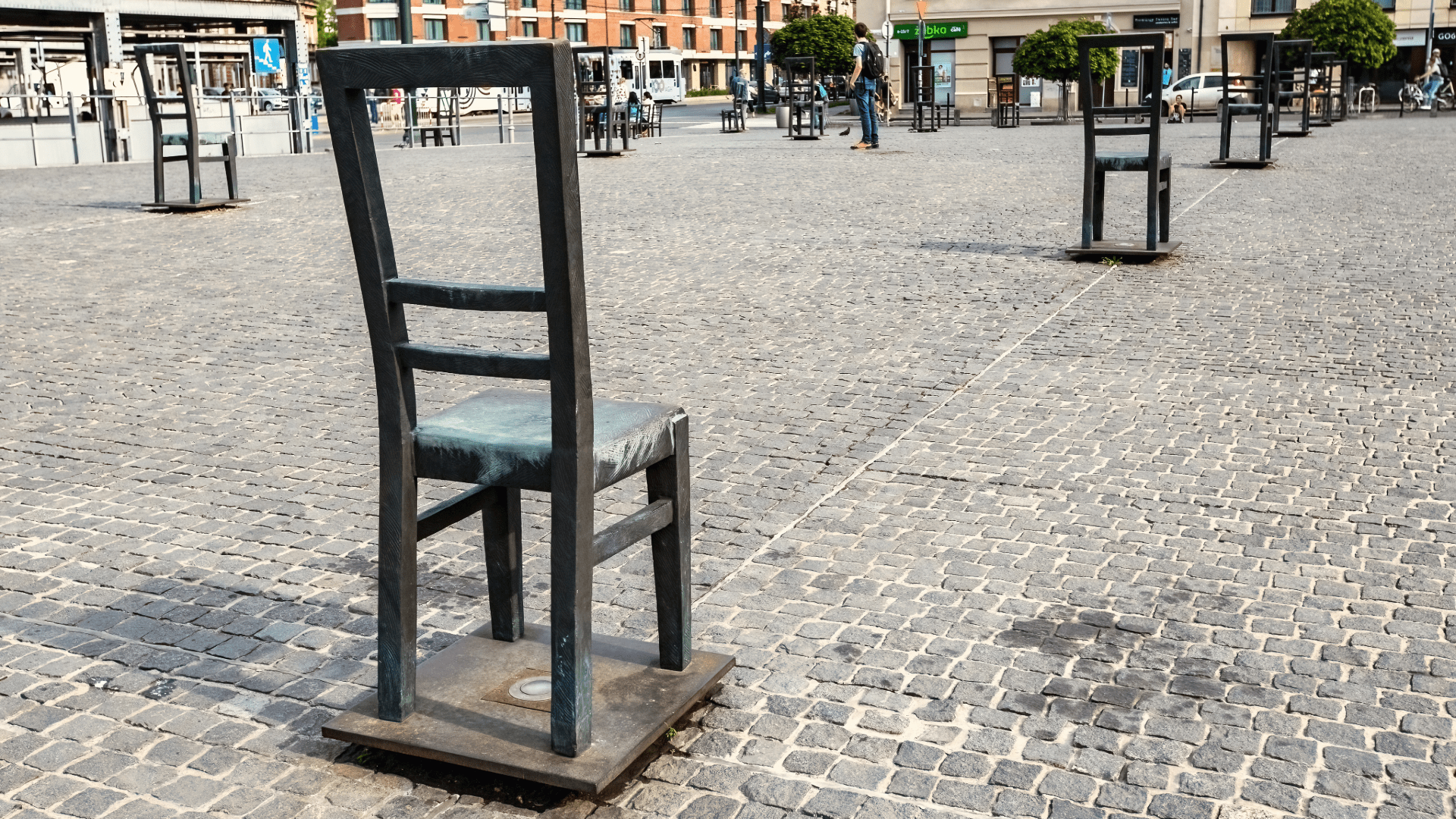
Nowa Huta Museum
This museum delves deeply into the communist history of Poland and Krakow, providing a detailed account of the planned Nowa Huta district and the tense Cold War period. Housed in the former Światowid cinema, the museum meticulously describes the history of Nowa Huta and Krakow during the era of socialism. A unique and chilling highlight is the atomic bomb shelter located in the basement, featuring an exhibition on nuclear attack preparedness, offering a distinct and tangible "glimpse into the communist era" and the anxieties of the Cold War. This museum provides crucial context for understanding a significant, yet often overlooked, period of Polish history and its profound impact on urban planning, daily life, and societal structures.
Did you know?
Nowa Huta was one of the largest socialist realist urban projects in Europe, built as a separate industrial town to showcase the ideals of communism, and its design deliberately excluded churches, reflecting the regime's stance on religion.
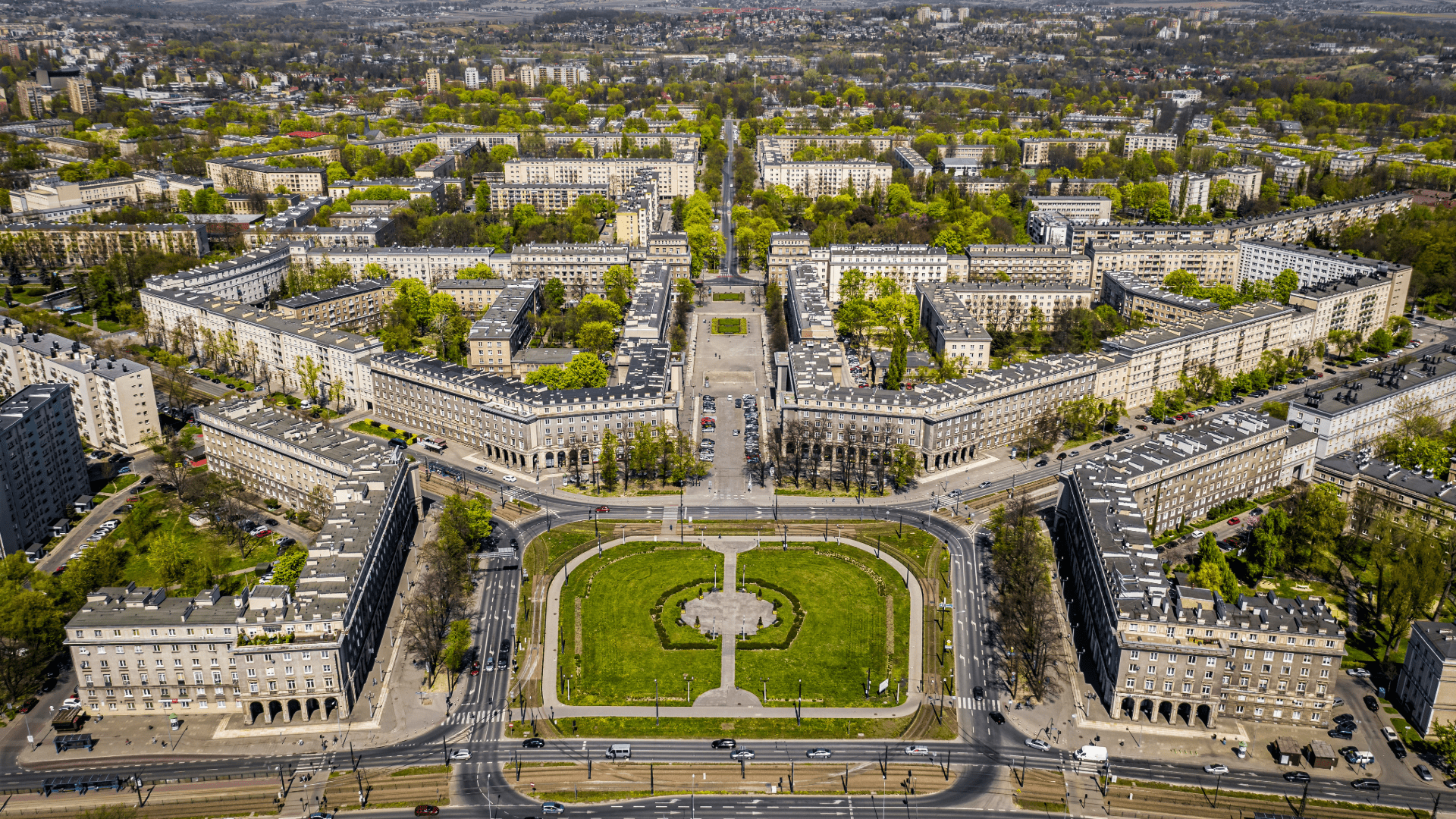
Cultural Canvas: Art, Heritage, and Human Stories
The National Museum in Krakow (MNK)
The National Museum in Krakow (MNK), established in 1879, is the largest in Poland, boasting approximately 780,000 objects across 21 branches, 11 galleries, 2 libraries, and 12 conservation workshops. It focuses on Polish painting, with its main building at al. 3 Maja 1 showcasing an extensive gallery of Polish 20th-century art, including seminal works by Jacek Malczewski, Leon Wyczółkowski, Stanisław Wyspiański, and artists from the interwar and post-war periods. The museum collects both contemporary and ancient exhibitions, presenting art in various forms, techniques, and historical epochs.
Did you know?
The National Museum in Krakow was the first museum in Poland to establish a department dedicated entirely to the conservation of art, emphasizing the importance of preserving cultural heritage for future generations.
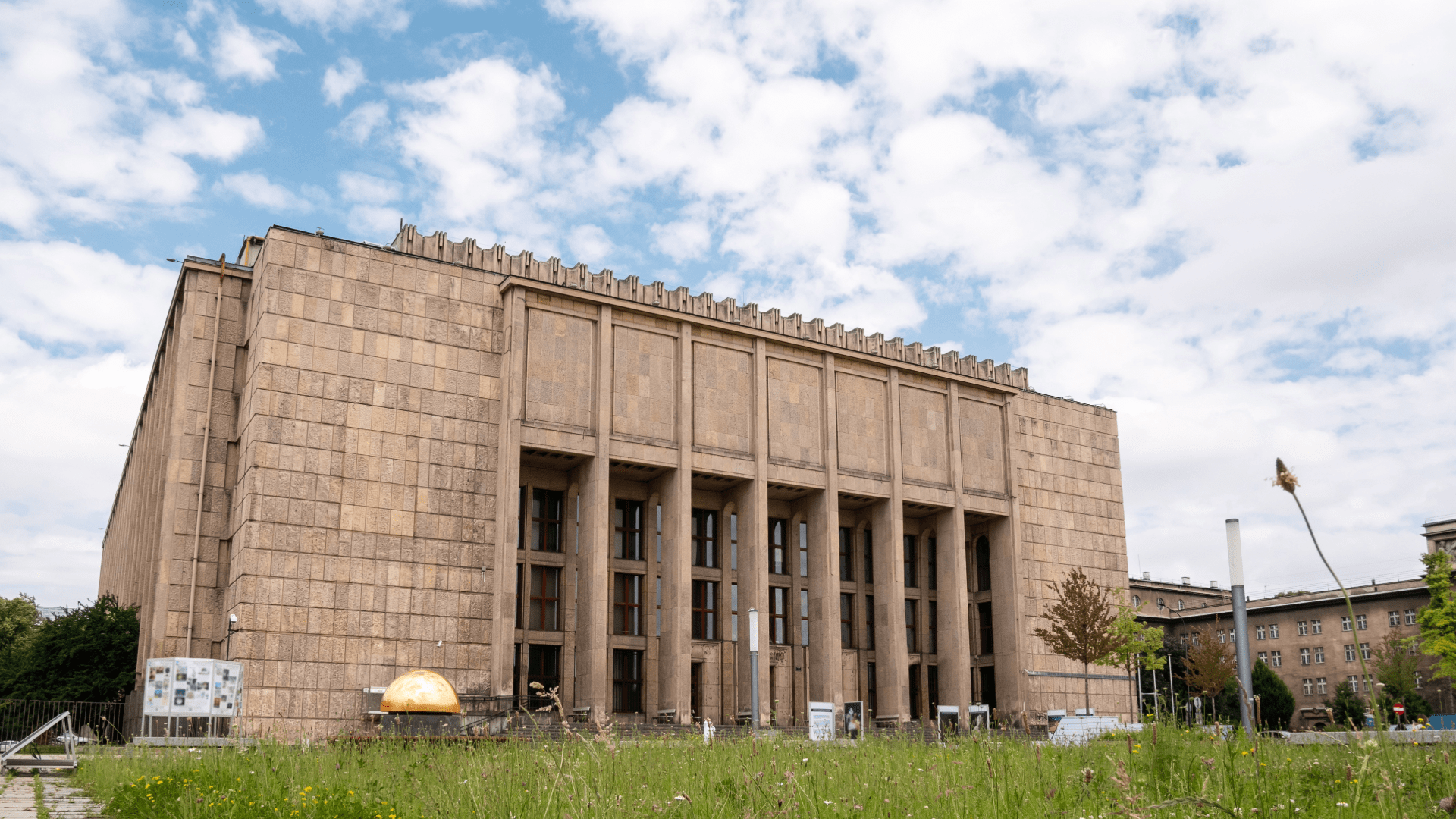
The Czartoryski Museum
One of Poland's oldest and most valuable art collections, and among Europe's most significant, the Czartoryski Museum (a branch of MNK) is globally renowned for housing Leonardo da Vinci's "Lady with an Ermine" - one of only three oil paintings by the master. It also features Rembrandt's "Landscape with the Good Samaritan" and a vast array of other treasures, from sculptures and decorative arts to Egyptian artifacts and ancient jewelry, reflecting a "noble heritage of art and history" and a passion for Renaissance discoveries.
Did you know?
The Czartoryski Museum's collection was famously saved during World War II by being hidden in various locations to protect it from Nazi looting, ensuring these priceless works survived the war intact.
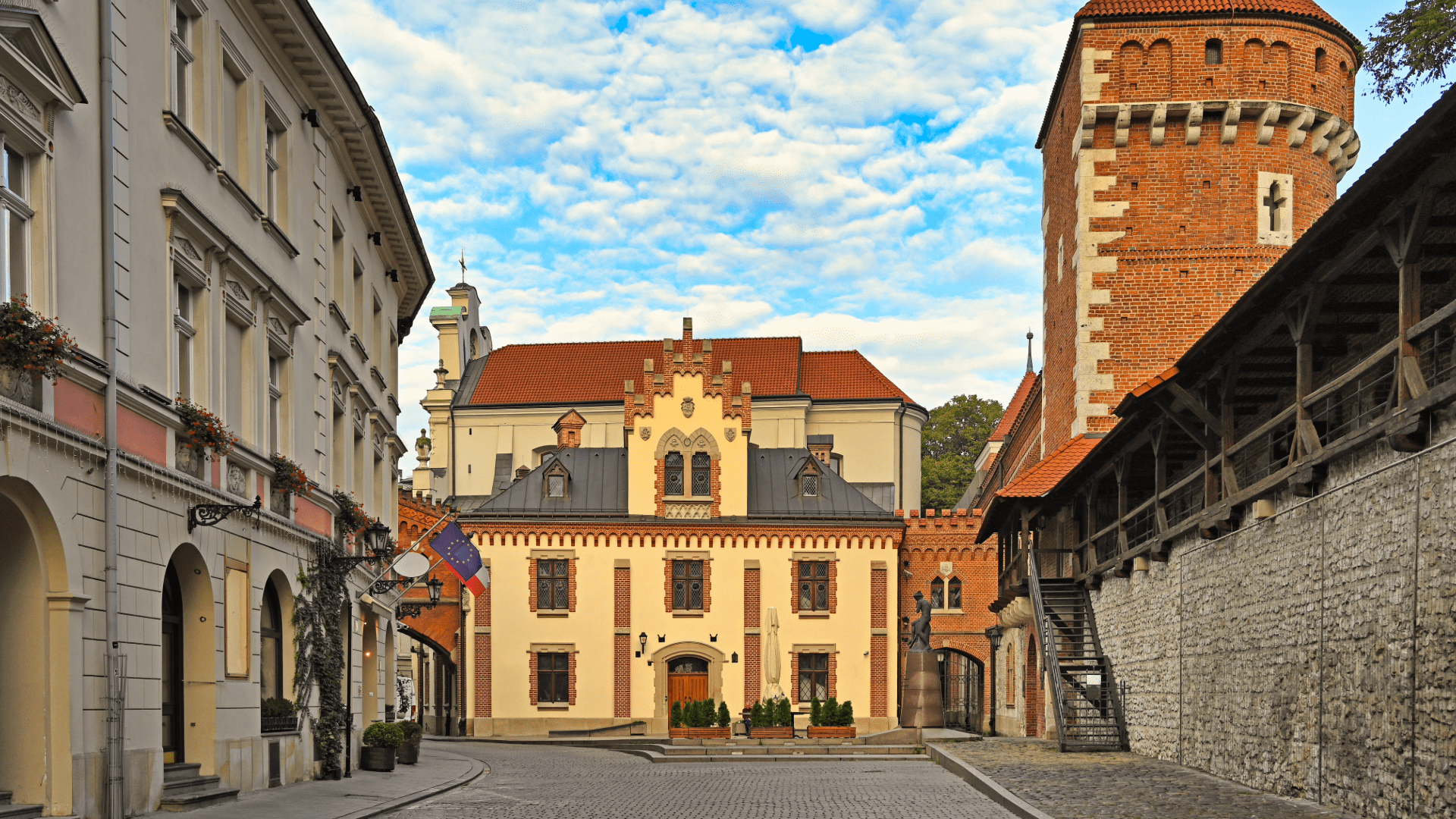
Gallery of 19th-Century Polish Art in the Cloth Hall
Located within the historic Cloth Hall on the Main Market Square, this gallery (a branch of MNK) is often "underrated" but is a treasure for art lovers. It houses a valuable collection of Polish 19th-century art, primarily portraits and epic historical paintings, including Jan Matejko's "Prussian Homage" and Podkowiński's "Frenzy of Exultations". This gallery is vital for understanding Polish Romanticism, national myths, and the artists' fascination with the landscape as the "essence of Polishness".
Did you know?
The Cloth Hall (Sukiennice) itself has been a central trading hub since the Renaissance, and its upper floor was transformed into the Gallery of 19th-Century Polish Art in 1879, making it one of the earliest public art galleries in Poland.
The Jan Matejko House
The Jan Matejko House, located at Floriańska 41, is the first biographical museum in Poland, dedicated to the life and work of Jan Matejko, one of the most renowned Polish 19th-century painters. Housed in the very home where Matejko was born, lived, and died, the museum presents approximately 6,000 exhibits, including intimate memorabilia of the artist, his family, and his impressive personal collection of handicrafts, weaponry, militaria, and fabrics. It allows visitors to see the artist not only through his major works but also as a passionate collector who utilized his gathered objects as inspiration in his art.
Did you know?
Jan Matejko was so passionate about Polish history that he often included detailed historical artifacts in his paintings, many of which were inspired directly by items from his own collection showcased in the museum.
The Józef Mehoffer House
Situated at ul. Krupnicza 26, the Józef Mehoffer House is a biographical museum located in the former residence of Józef Mehoffer, another prominent Polish painter. This museum offers intimate insight into the artist's life and work, showcasing original furniture, his artworks, and personal collections of handicrafts and objects. The enchanting garden surrounding the house is particularly noteworthy and features a charming cafe, providing a serene setting for visitors to relax and reflect amidst artistic beauty.
Did you know?
Józef Mehoffer was a leading figure of the Young Poland movement and a master of stained glass art, with some of his most famous works adorning Krakow’s St. Nicholas Church and the Franciscan Church.
The Manggha Museum
Situated beautifully on the Vistula River, the Manggha Museum was established by renowned film director Andrzej Wajda to house Feliks "Manggha" Jasieński's extensive collection of Japanese art. It showcases Japanese graphics, artistic crafts, traditional theater exhibits, contemporary art, and even comics. It is described as a "fusion of tradition and modernity," offering temporary exhibitions, workshops, and Japanese language courses. The building itself was designed by the Pritzker Prize-winning Japanese architect Arata Isozaki, who donated the design, and its roof resembles the sea in old Japanese paintings, echoing both the surroundings and the art within. The museum also features a garden, a gift from the city of Kyoto, and a "really decent bistro" with a terrace overlooking the Vistula and Wawel.
Did you know?
The name "Manggha" comes from Feliks Jasieński's nickname, inspired by the famous Japanese artist Hokusai's sketchbooks "Hokusai Manga". Jasieński was one of Poland's most influential art collectors, and thanks to his passion, Krakow now hosts one of the most important Japanese art collections in Europe.
The Ethnographic Museum of Krakow
Established over a century ago in 1911, this museum offers a fascinating look at 19th-century Polish village life. It features mannequins in ethnic costumes, painted Easter eggs, old prayer books, tools, and reconstructed peasant rooms, providing a vivid portrayal of rural traditions. The museum constantly prompts questions about folk culture and its creators, encouraging visitors to reflect on the traditions that shaped Polish identity.
Did you know?
The museum is located in the former Town Hall of Kazimierz, a separate city until 1800. Its collection includes over 80,000 artifacts-one of the most extensive ethnographic collections in Poland-offering unique insights into not only Polish, but also European and non-European folk cultures.
Beyond the Beaten Path: Quirky, Modern, and Unexpected Delights
MOCAK (Museum of Contemporary Art)
Opened in 2011, MOCAK aims to challenge preconceptions about contemporary art, addressing current global and societal issues. It is known for its interactive installations and frequently hosts exhibitions on political and social themes, including the Holocaust and public space interventions. The museum's building, designed by Claudio Nardi, was inspired by neomodern architecture and covers an exhibition area of 4,000 square meters within a total area of 10,000 square meters. It also includes a library, a bookshop, and a cafe.
Did you know?
MOCAK is located on the site of Oskar Schindler’s former factory, just next to the famous Schindler’s Factory Museum. Its collection includes works by prominent international artists such as Mirosław Bałka, Boris Lurie, and Krzysztof Wodiczko, and the museum emphasizes art's role in education and critical thinking through numerous public programs and collaborations.
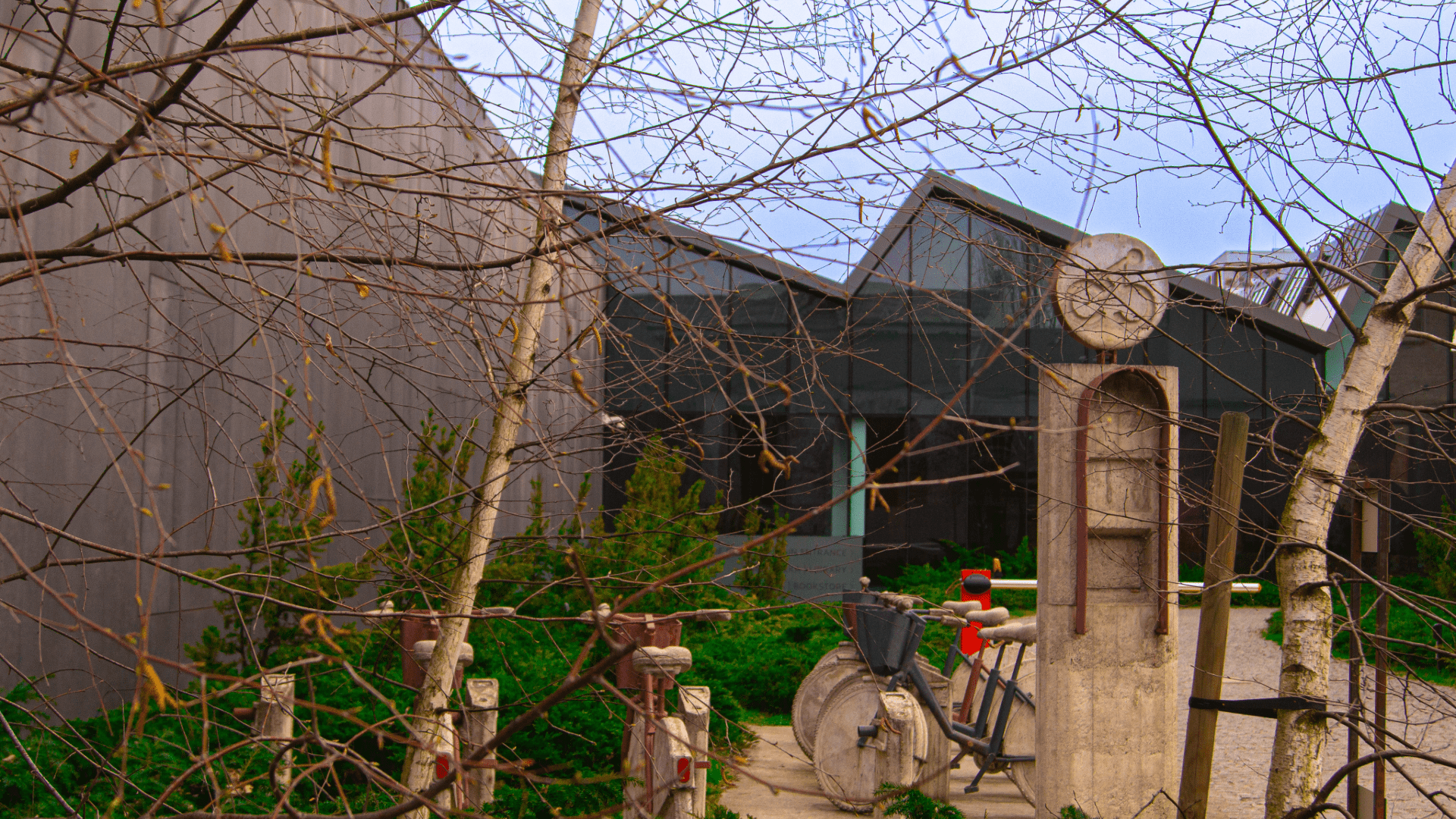
Polish Aviation Museum
Located on the site of the former Krakow airport (Rakowice-Czyżyny), this is one of the largest aviation museums globally. It boasts an extensive collection of over 380 exhibits, including more than 240 airplanes, gliders, helicopters, and engines, from WWI and WWII to the Cold War era. It reflects the development of aviation technology and Poland's ambitions in conquering the skies, even featuring memorabilia from Mirosław Hermaszewski, Poland's only cosmonaut. The museum offers multimedia guides and a mobile application to enhance the visitor experience, and also houses a museum library and a cinema.
Did you know?
The museum is home to one of only two surviving German WWII Messerschmitt Me 209 aircraft prototypes and holds the world's best collection of aircraft from the early 20th century, including rare models from Austria-Hungary, Russia, and France - some of which are the only examples left in existence.

Stained Glass Museum
An active workshop since 1902, this museum is considered one of Europe's finest. Visitors can admire original designs by Art Nouveau masters and observe the intricate process of stained glass creation directly above the artists and craftsmen at work. It even offers workshops where visitors can participate in creating their own stained glass souvenirs, making it a truly unique and interactive experience. The museum is housed in a historic tenement building from the early 20th century, specifically built for the Krakow Stained Glass Works S. G. Żeleński, with all preserved furniture and equipment being original.
Did you know?
The museum still fulfills actual stained glass commissions for churches and public institutions across Poland and Europe, continuing a tradition that spans over 120 years. Some of its windows are even installed in Wawel Cathedral and other iconic buildings throughout Krakow.
Obwarzanek Museum
This "whimsical museum" is dedicated to the 600-year history of obwarzanki, Krakow's traditional bagel-like delicacy. It offers an interactive learning experience, culminating in the chance to bake one's own obwarzanek to take home, providing a fun and engaging immersion into Krakow's culinary heritage. English-language workshops are available, though booking is required due to their popularity.
Did you know?
Obwarzanki have had protected geographical indication (PGI) status in the EU since 2010, meaning they can only be made in Krakow and the surrounding area using traditional methods. Each one is still hand-rolled and boiled before baking, just like in the 14th century!
The Museum of Photography in Krakow (MuFo)
The Museum of Photography in Krakow is a state-run photography museum dedicated to collecting and popularizing historical photographs. It has expanded to several locations, including its main building on Józefitów 16, MuFo Strzelnica (a second section opened in 2018 in a historic building that was formerly a shooting range on Królowej Jadwigi Street), and MuFo Rakowicka (a third section inaugurated in 2021, located in an old building that previously served as Austrian barracks on Rakowicka Street). Beyond its exhibits and international symposiums, MuFo maintains a comprehensive collection of early photographic equipment and possesses a vast library of albums, archives, catalogs, books, and manuals, also focusing on research and the digitization of images to create an online museum.
Did you know?
MuFo's collection includes one of the oldest photographs ever taken in Poland, dating back to the 1840s, using the daguerreotype process just a few years after its invention in France.
Museum of Engineering and Technology
Housed in a historic tram depot in the Kazimierz district, this museum showcases the technological development of cities, featuring a large collection of cars, motorcycles, and trams. It also includes the "Garden of Experiences," a large, fenced outdoor area with instruments for observing physical phenomena, making it interactive and engaging for all ages. This museum demonstrates Krakow's industrial and technological heritage, connecting visitors to the evolution of urban life and innovation, appealing to those interested in science, mechanics, and the history of transport.
Did you know?
The depot housing the museum dates back to 1882 and originally served as Krakow's first horse-drawn tram depot-a crucial milestone in the city's transition to modern public transportation.
Practical Pointers for Your Museum Expedition
- Krakow City Pass - For those planning to visit multiple museums, the Krakow City Pass is highly recommended. It offers access to 35-40 museums and attractions, often including free public transport, and is available for 1, 2, or 3 days. This pass can save both money and time by allowing visitors to skip ticket queues.
- Smart Planning - Be aware that many museums in Krakow are closed on Mondays, so planning itineraries accordingly is advisable. Most museums offer one free entry day per week, typically Tuesdays. On free days, tickets are usually available at the box office, often with limits per person, and booking might not be possible, so arriving early is recommended.
- Getting Around - Museums located further from the city center, such as the Polish Aviation Museum or Nowa Huta Museum, are easily accessible by public transport, taxi, or ride-sharing applications like Bolt, which are popular and affordable in Krakow. Some museums are conveniently located near each other, making it easy to combine visits into a single outing.
Elevate Your Experience with Hello Cracow Tours
While independent exploration is rewarding, Hello Cracow tours offer unparalleled convenience, expert guidance, and unique itineraries designed to enrich any museum journey. Whether seeking a deep dive into history, a seamless visit to multiple sites, or a specialized cultural experience, Hello Cracow has a tour tailored for diverse preferences. From small-group tours for a more intimate experience to private transfers for ultimate comfort, and combined tours that maximize time by linking major attractions, Hello Cracow understands the diverse needs.
Ready to dive into Krakow's captivating museum world and uncover its hidden gems? Let Hello Cracow be your trusted guide to an unforgettable cultural adventure. With their expertly curated tours, you can explore Krakow's rich history, vibrant art scene, and unique attractions with ease and depth.
